







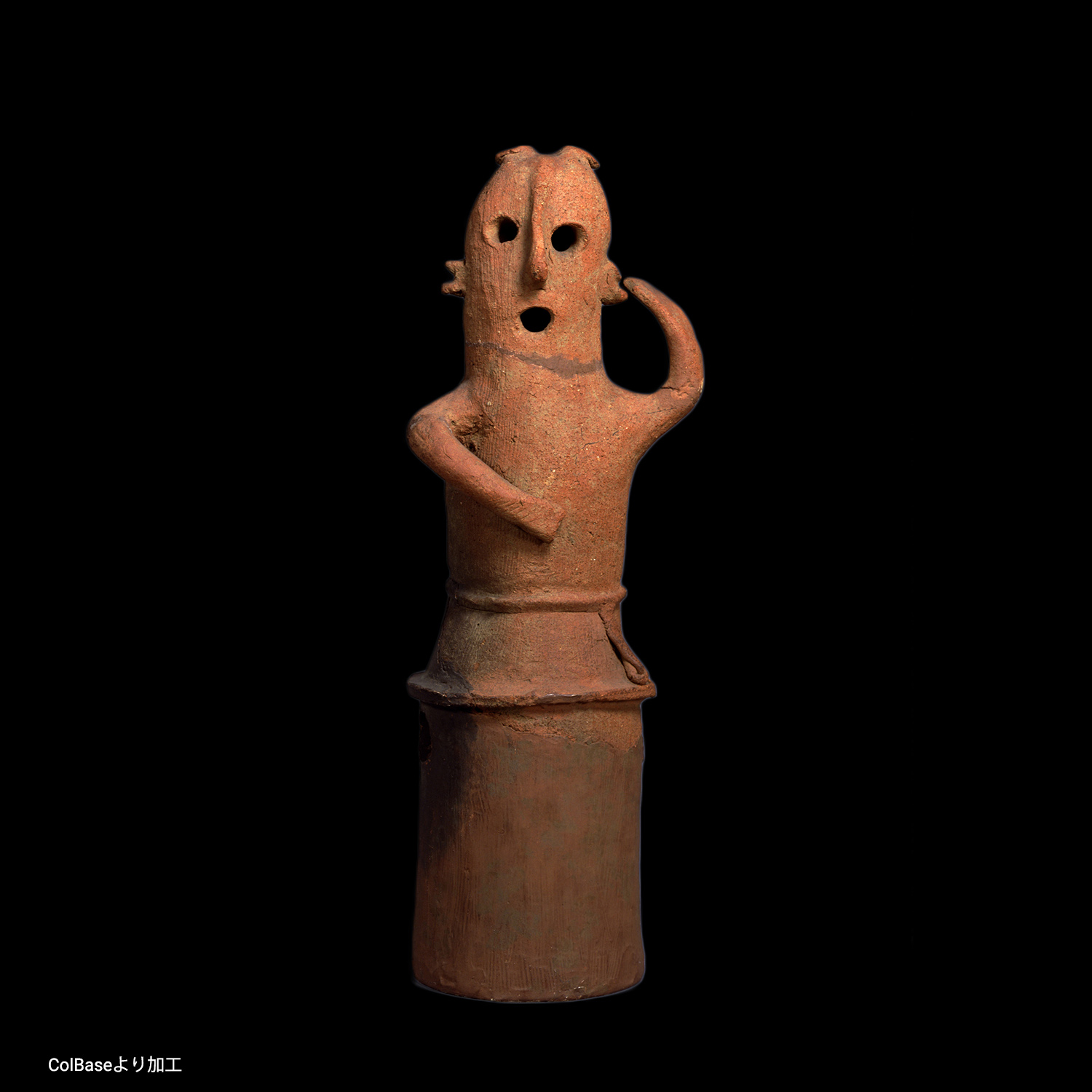

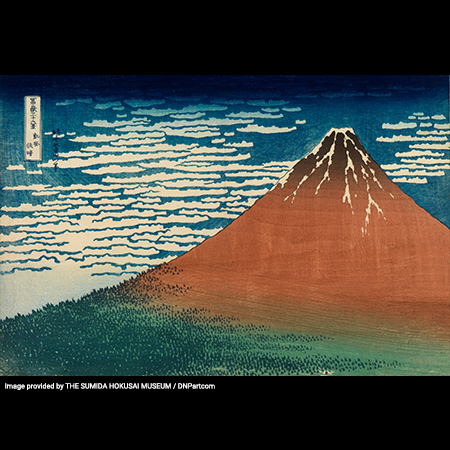
Full array of must-have and popular cultural attractions in Tokyo
- New Blog post “Visit museums along the Namboku Line (Tokyo Metro) with THE TOKYO PASS”
- New Blog post “Authentic matcha experience in Japanese-style architecture with THE TOKYO PASS”
- 2024.11.22
- Mitsubishi Ichigokan Museum will reopening on Nov 23.
- 2024.11.20
- Okura Museum of Art will be added Nov 21.
- New Blog post “Visit museums around Ryogoku and Sumida with THE TOKYO PASS”
- 2024.10.31
- SMALL WORLDS Miniature Museum will be added Nov 1.
- New Blog post “Visit museums around Bunkyo City with THE TOKYO PASS”
- New Blog post “Visit Zoos and Aquariums with THE TOKYO PASS”
- New Blog post “3-Day Itinerary: Make your way across Tokyo, enjoying great tastes along the way”
- New Blog post “Visit museums around Imperial Palace with THE TOKYO PASS”
- New Blog post “Visit museums in Odaiba and Rinkai with THE TOKYO PASS”
- New Blog post “Visit museums in Shibuya with THE TOKYO PASS”
- New Blog post “Visit museums in Ebisu and Meguro with THE TOKYO PASS”
- Also conducted this year!National Stadium Stadium Night Tour from August 5.
*Tour dates are irregular. Please check the website in advance. - 2024.5.20
- The Museum of the Imperial Collections, Sannomaru Shozokan will be added May 21.
- 2024.4.22
- Idemitsu Museum of Arts will be added Apr 23.
- 2024.4.9
- Tokyo Opera City Art Gallery will be added Apr 11.
- 2024.3.29
- The Japan Folk Crafts Museum will be added Apr 2.
- 2024.2.15
- ART AQUARIUM Museum GINZA will be added Feb 16.
- 2024.1.4
- TOGURI MUSEUM OF ART will be added Jan 7.
- 2023.10.12
- Toyo Bunko Museum will be added Oct 14.
- 2023.10.6
- Panasonic Shiodome Museum of Art will be added Oct 7.
- 2023.9.1
- SEN-OKU HAKUKOKAN MUSEUM TOKYO will be added Sep 2.
- 2023.8.25
- The Gotoh Museum will be added Aug 26.
- 2023.6.30
- Fukagawa Edo Museum will be added July 1.
- 2023.6.23
- Sompo Museum of Art will be added June 24.
- 2023.6.16
- Seikado Bunko Art Museum will be added June 17.
- 2023.5.19
- Japan National Stadium Tour will be added May 23.
*Tour dates are irregular. Please check the website in advance.
We also provide recommended routes and itineraries!
itineraries Ueno area Roppongi area Ginza area Shibuya area

TOKYO NATIONAL MUSEUM
The Tokyo National Museum (TNM) is the oldest institution of its kind in Japan.
TNM exhibits artworks, archaeological artifacts, and other cultural properties from Japan and other regions of Asia.
We are further advancing the museum as a “Gateway to Japanese Culture” or “Face of Japan,” a place that provides accessible introductions to Japanese culture together with opportunities to become familiarized with Japanese traditions.

Shinjuku Gyoen National Garden
This is the urban oasis with 58.3 hectares, constructed on the site of Daimyo’s residence in the Edo period. This characteristic garden has well-balanced combination of European style gardens and Japanese traditional garden. It was once made as a garden for the Imperial Family, however, became a national garden later and attracts widespread popularity today.

Mori Art Museum
Located on the 53rd floor of Roppongi Hills Mori Tower, this is an international contemporary art museum. It holds special exhibitions of art, architecture, and design with a unique perspective. It is open until late at night, which is a part of its appeal.
w.jpg)
The Japanese Sword Museum
This museum was founded to disseminate Japanese sword culture. In addition to Japanese swords, which are said “Arms were enhanced to artistic crafts,” the collection includes armors and ancient records. Many national treasures and important cultural properties are also housed there.
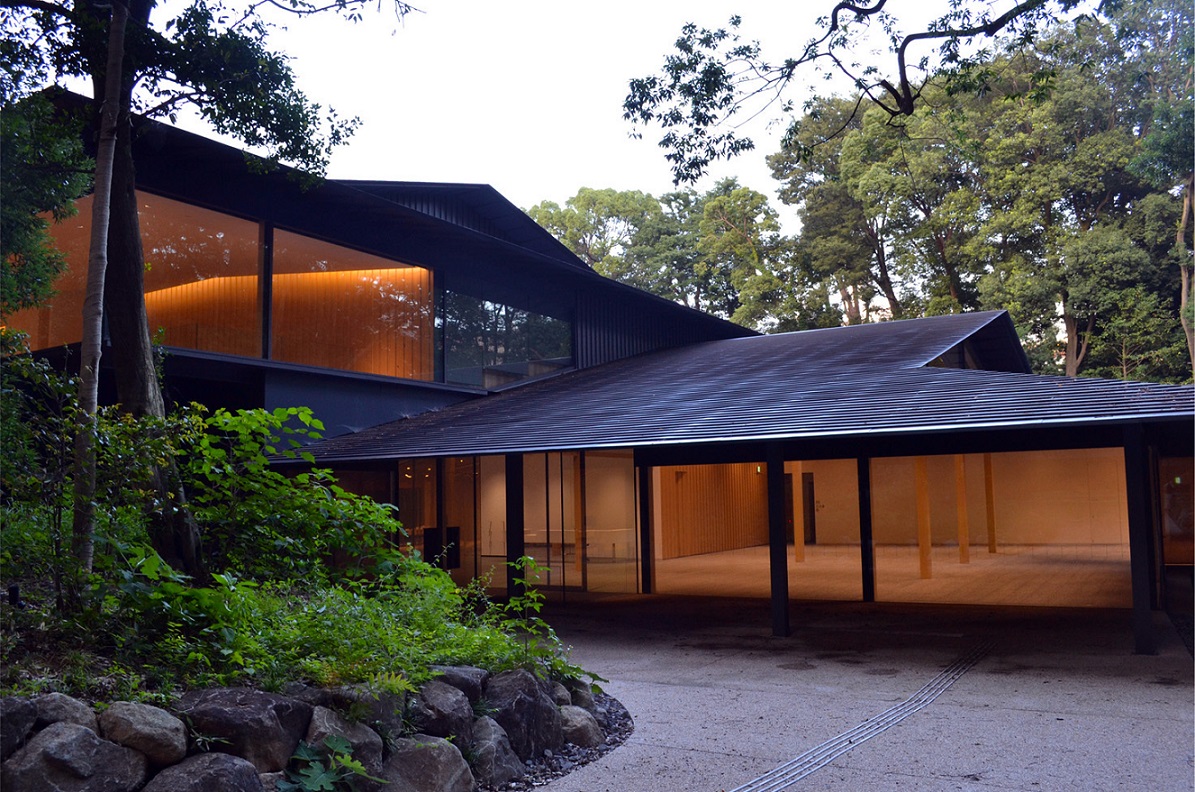
Meiji Jingu Museum
This is a popular spot among domestic and international tourists. The museum is located approximately 200 meters from the Harajuku Gate of Meiji Jingu where Emperor Meiji and Empress Shoken were enshrined and exhibits the items associated with them.
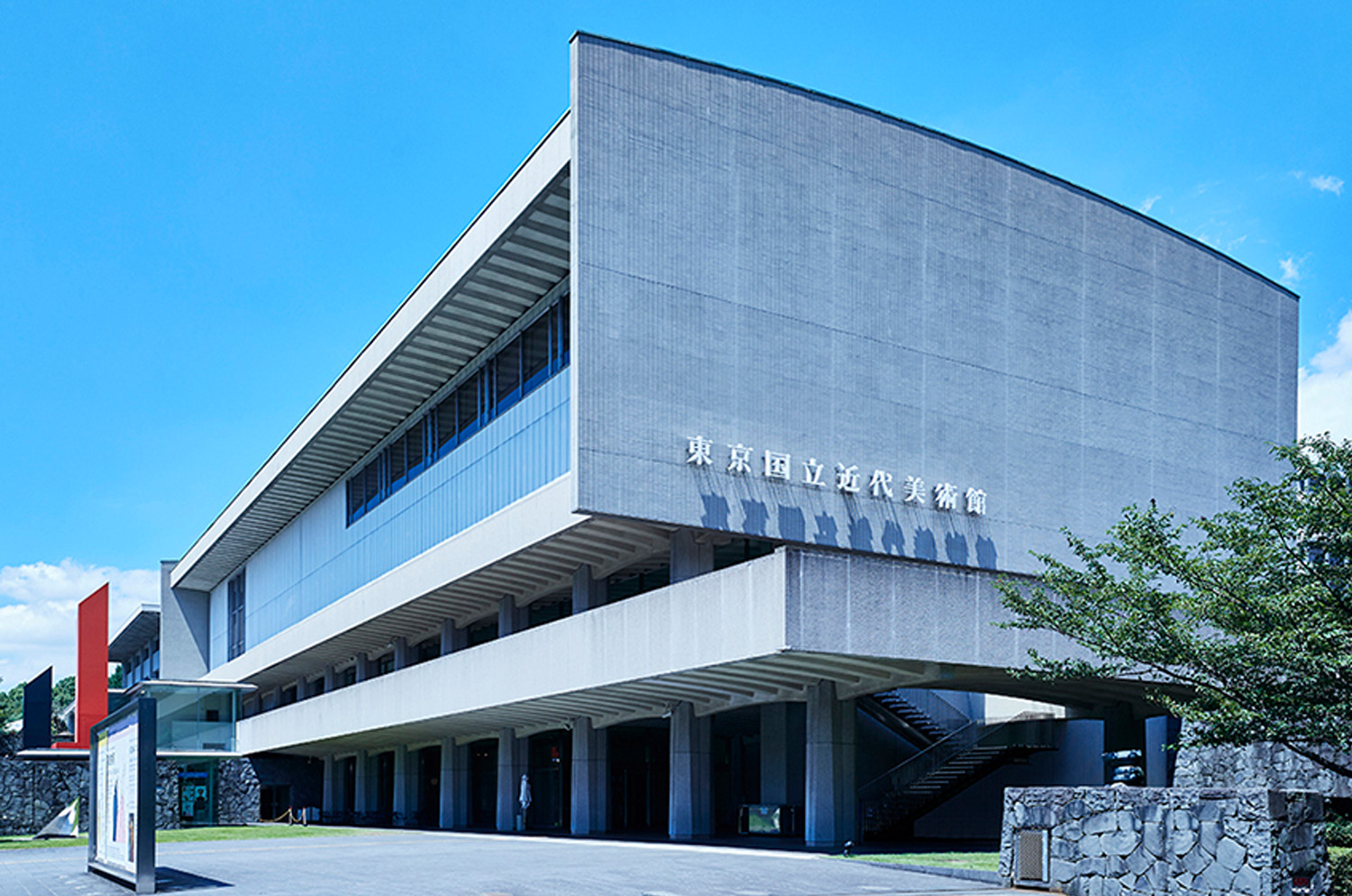
The National Museum of Modern Art, Tokyo
Located near the Imperial Palace, this is the first national art museum in Japan. The museum houses one of the largest collections of Japanese art from the end of the 19th century to the present with more than 13,000 masterpieces in various genres. In spring, you can enjoy beautiful scenery of cherry blossoms in the Imperial Palace from the museum.
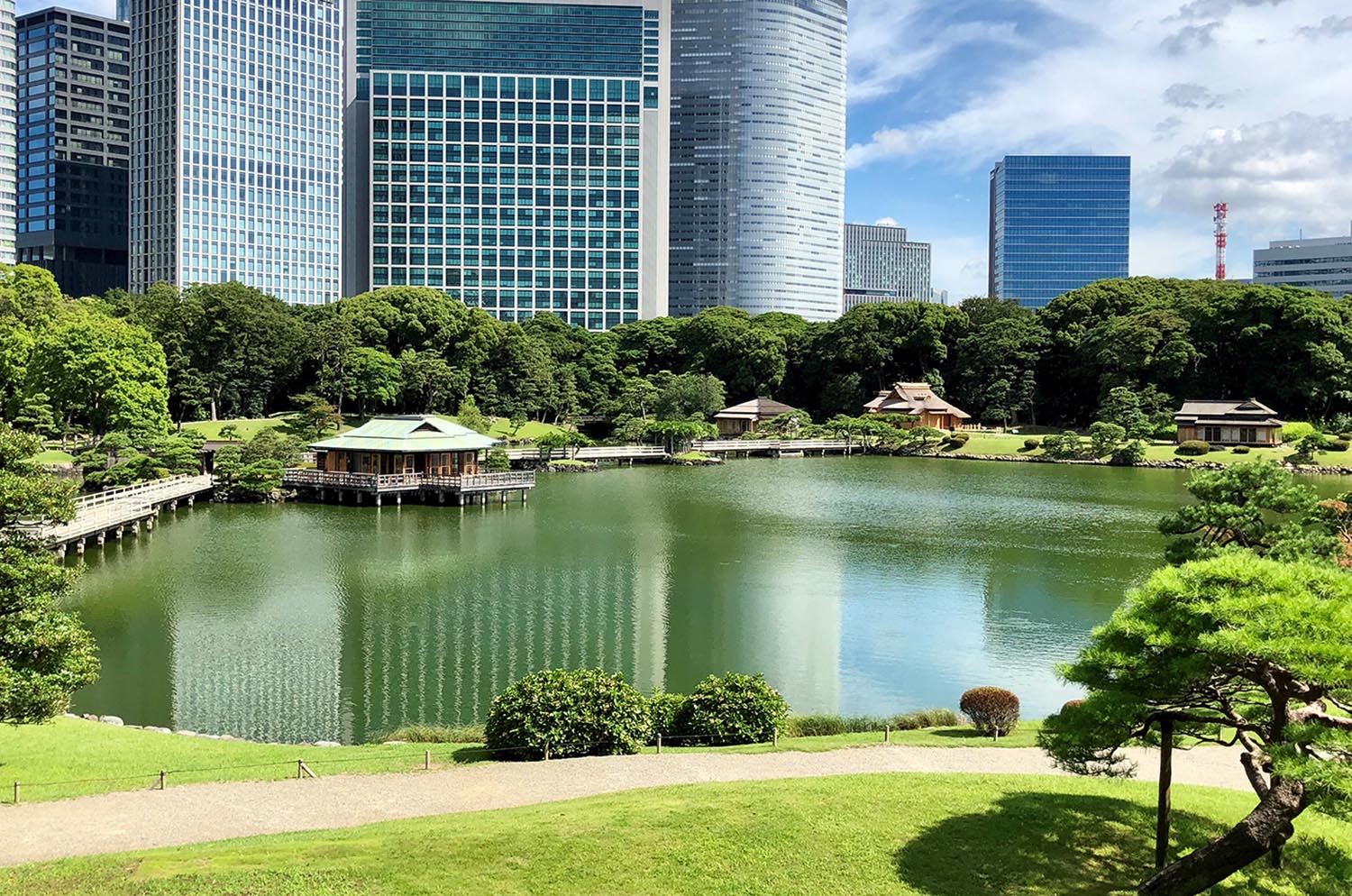
Hama-rikyu Gardens
The garden is a typical Daimyo garden of the Edo period, which has a pond created by drawing seawater and using ebbs and flows of tide. The beautiful contrast between the surrounding skyscrapers and the pond in the garden is a quite a sight.
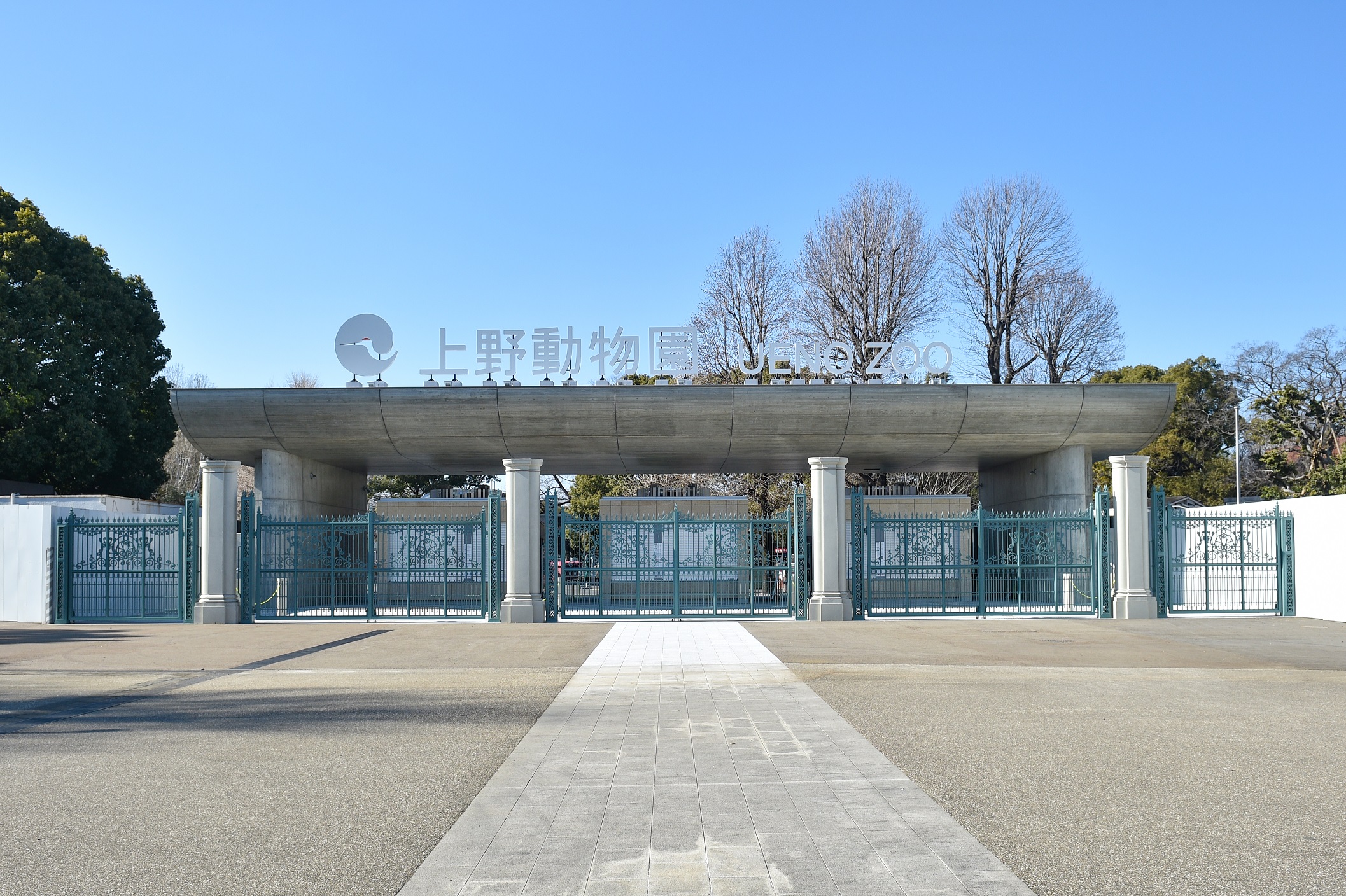
Ueno Zoological Gardens
Opened in 1882, this is the first zoo in Japan. While located in the center of Tokyo, this urban-type zoo has sustained the nature and its scenery. Along with popular pandas, approximately 350 different species and 3,000 animals are reared in the zoo.

21_21 DESIGN SIGHT
The design institution founded by Issey Miyake, one of Japan’s leading designers, and directed by Taku Satoh and Naoto Fukasawa. It offers exhibitions and talks on the theme of “everyday life” from a design perspective, providing an experience filled with the fun and fresh surprises of design.

Miraikan – The National Museum of Emerging Science and Innovation
This national museum of science provides visitors with an advanced science and technology experience. Through a variety of exhibitions and other programs, you can experience ongoing science and technology on different scales, from simple questions to the latest technologies, the global environment, the exploration of the universe, and the mysteries of life.

THE SUMIDA HOKUSAI MUSEUM
The museum features Katsushika Hokusai, Japanese ukiyo-e artist. You can follow Hokusai’s history of art works, which were arduously created up to his 90s. The novel architecture designed by Sejima Kazuyo is also highlight in the museum.

Suntory Museum of Art
The museum is located in Tokyo Midtown, Roppongi. It houses a collection of approximately 3,000 art works, including a national treasure and important cultural properties and holds the thematic exhibitions for Japanese arts, such as paintings, ceramics, lacquerware, and glassware.
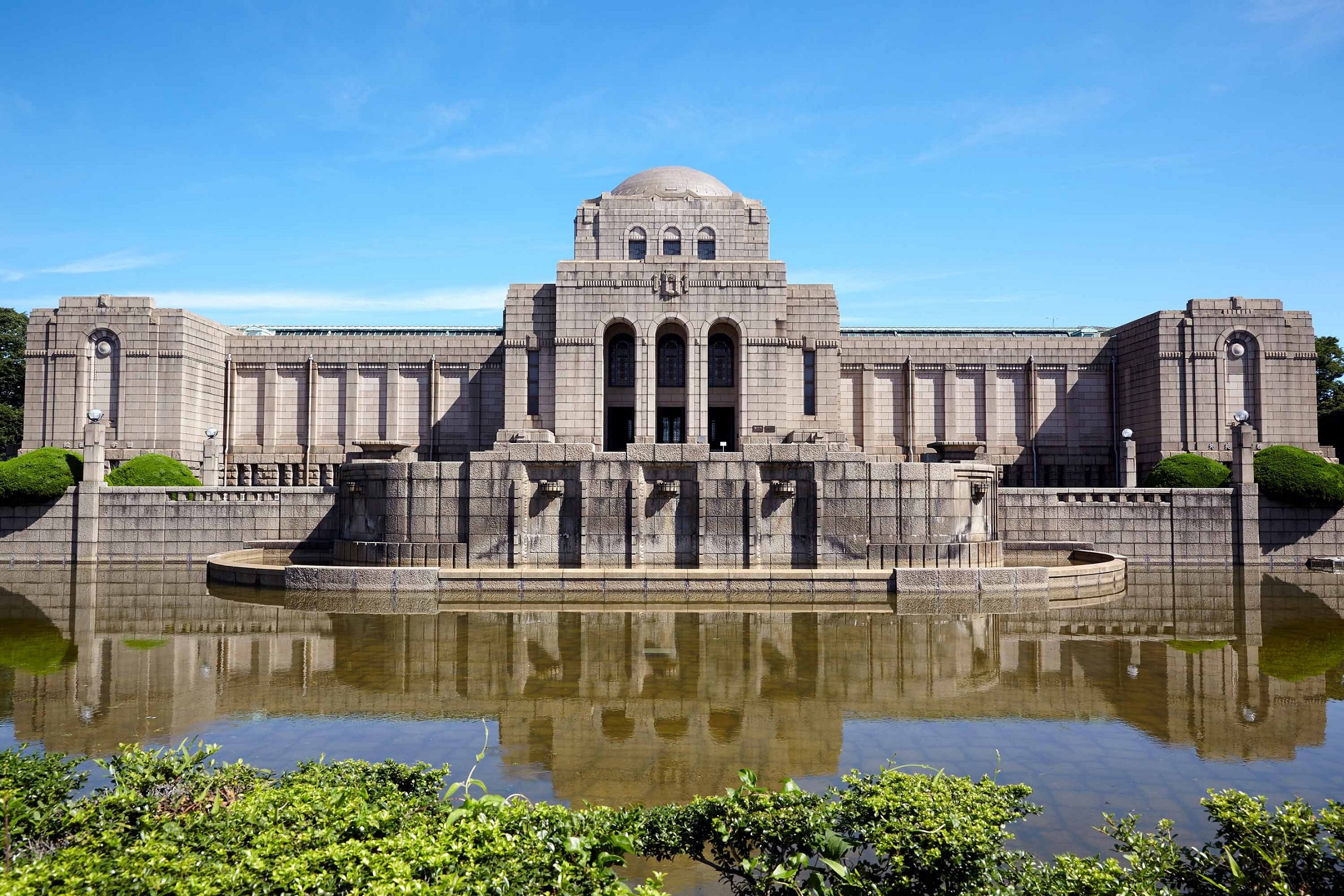
Meiji Memorial Picture Gallery
The Gallery in front of the avenue lined with Ginkgo trees in Meiji Jingu Gaien exhibits the 80 masterpieces that show the revolution of Meiji Restoration, achieved mainly by the Meiji emperor and his brave figures and historic scenes. This gallery is the symbol of Jingu Gaien and is a valuable cultural asset along with its architecture.
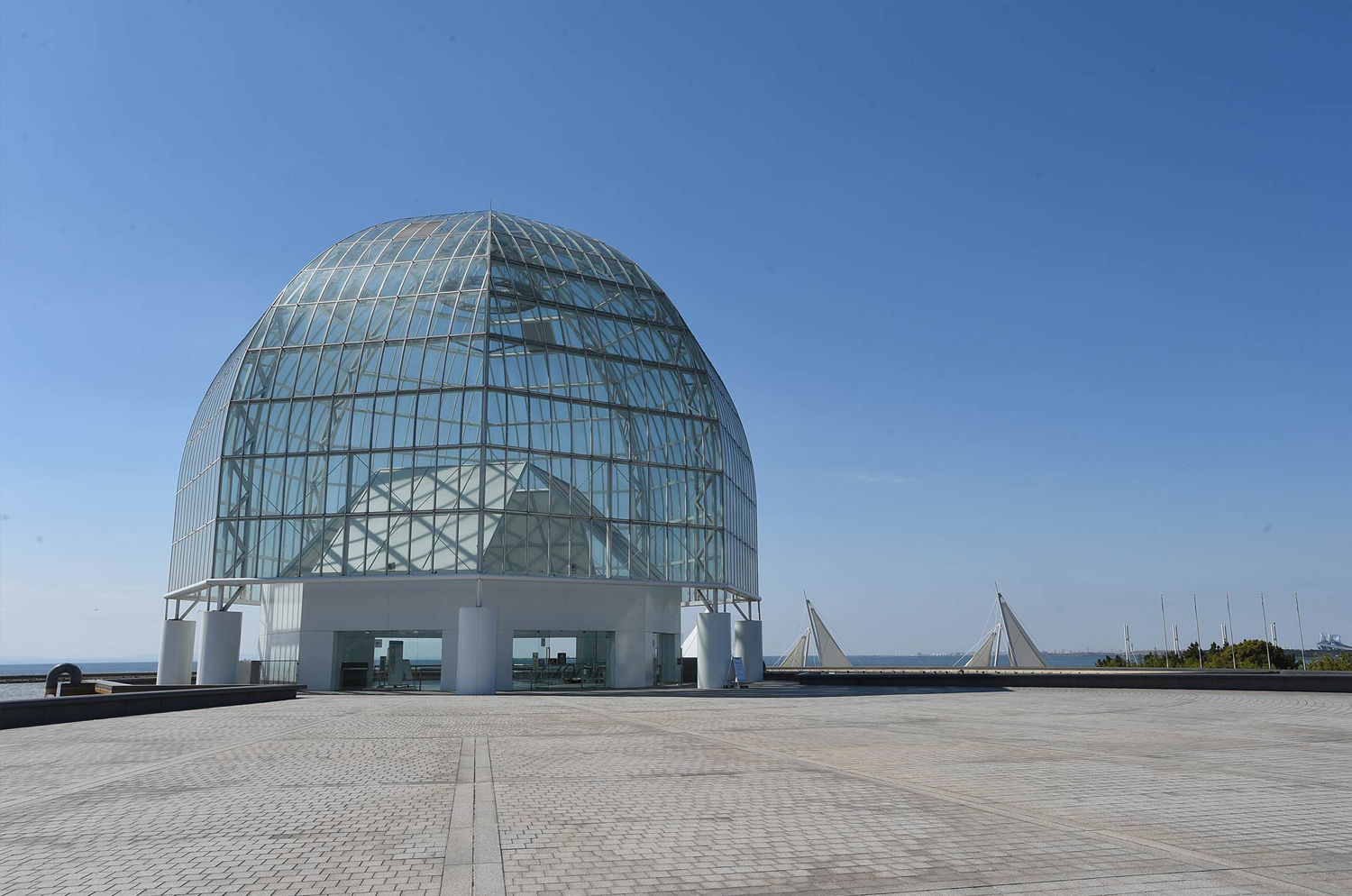
Tokyo Sea Life Park
The aquarium exhibits a huge tank of bluefin tunas, which has realized the world’s first schooling of pelagic fish, penguins swimming around in one of the largest habitats in Japan, and other numerous species of creatures. The park, adjacent to the aquarium, has the Ferris wheel, the artificial beach, and the Birds Sanctuary so that the whole family can enjoy them.
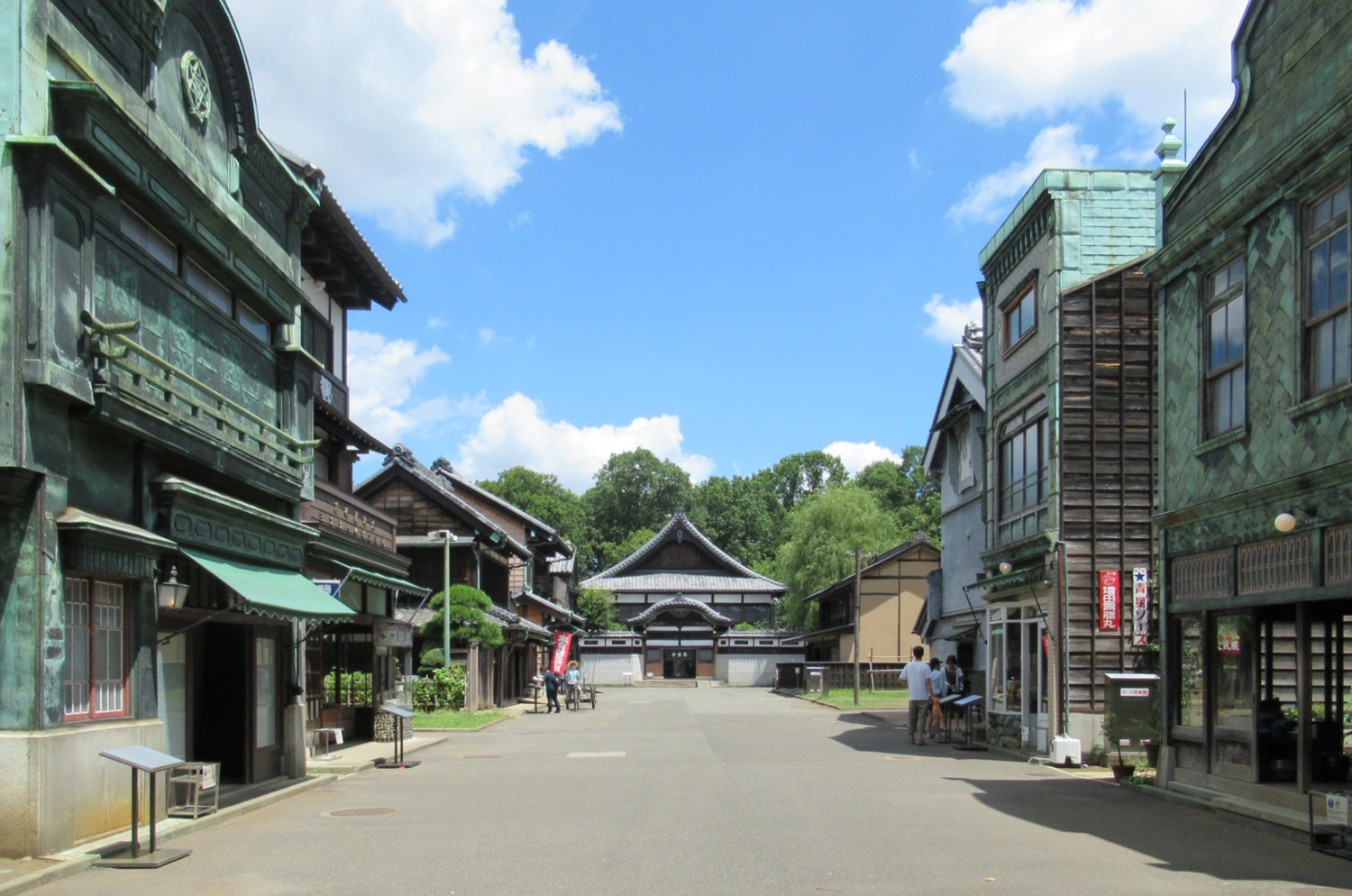
Edo-Tokyo Open Air Architectural Museum
This is the open-air museum that relocates 30 historical buildings of great cultural value and restores, preserves, and exhibits them. The museum with rich nature also holds seasonal events and exhibitions to make use of the buildings.
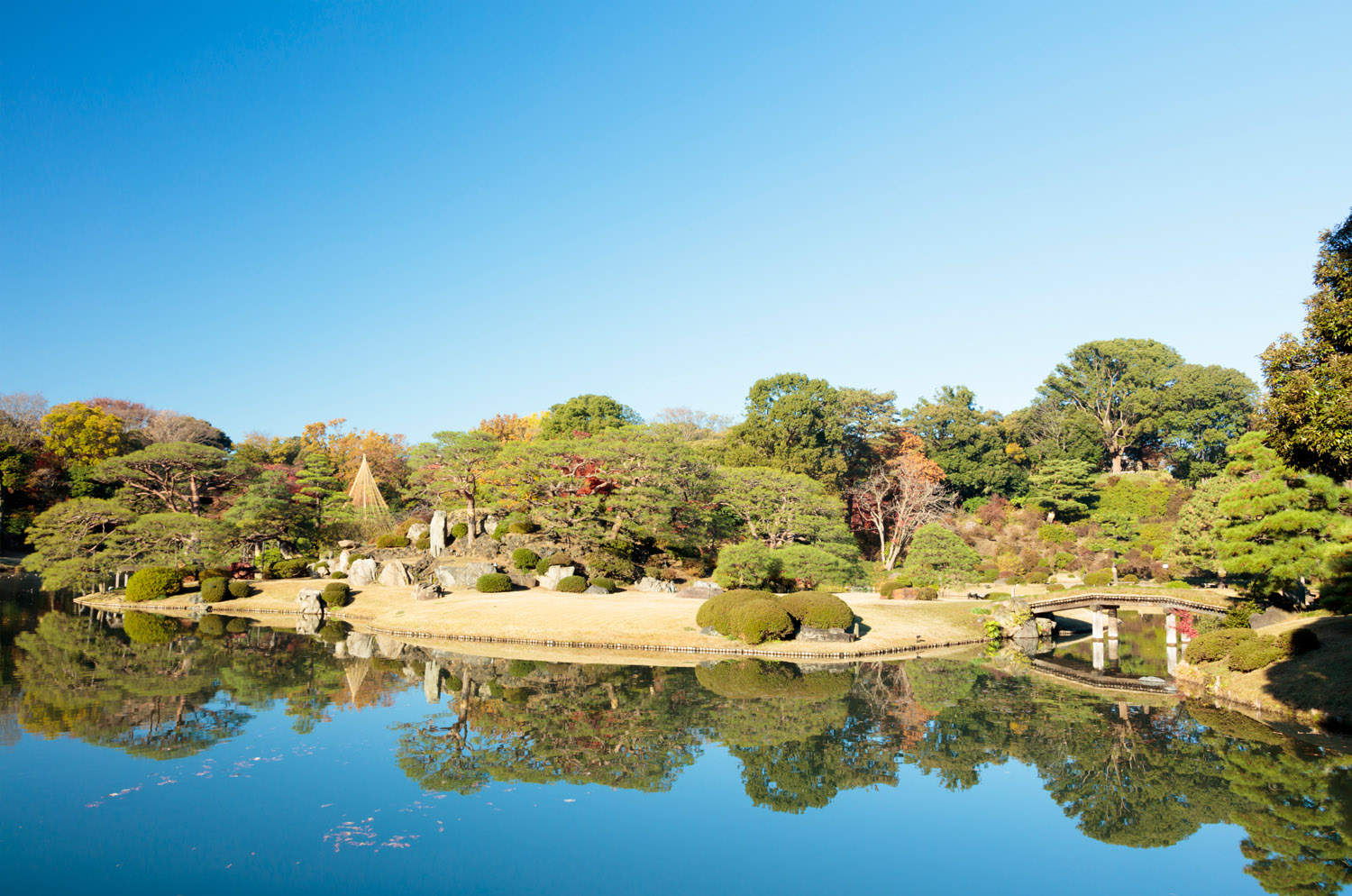
Rikugien Gardens
This is one of the two major gardens of the Edo period together with Koishikawa Korakuen. The highlight is Shidarezakura (weeping cherry tree). It produces a full branch of light pink flowers around the end of March. The cherry tree is reminiscent of a cascading waterfall and the scenery is beyond description.
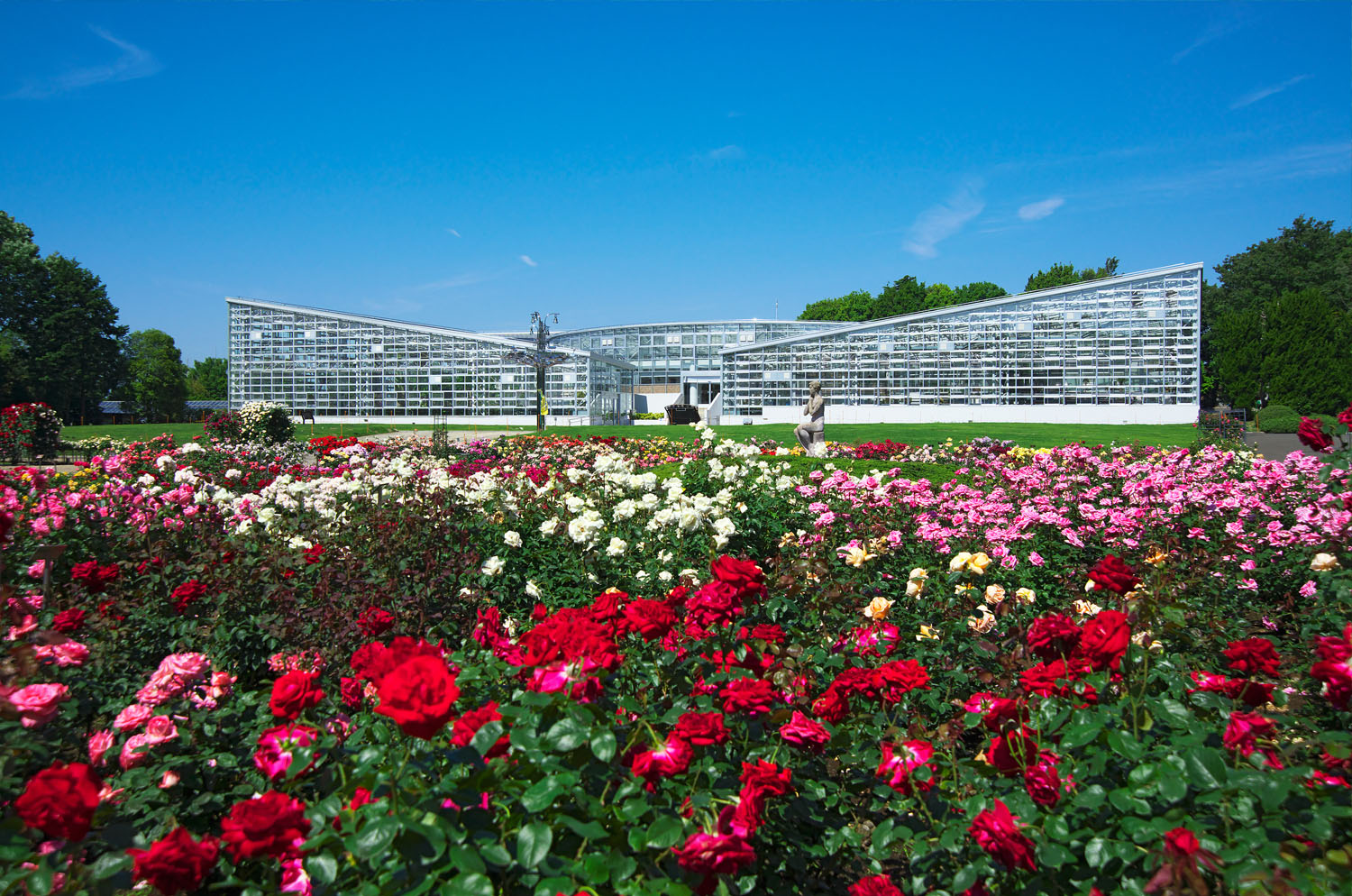
Jindai Botanical Gardens
This is the only botanical park in Tokyo, which is divided into 30 blocks according to the types of plants, such as Rose Garden, Azalea Garden, Plum Garden, and Bush clover Garden. You can enjoy the plants themselves and beauty of flowers in all seasons.

Yamatane Museum of Art
This is the first museum in Japan to specialize in Nihonga. The collection encompasses approximately 1,800 works mainly in Japanese-style paintings, including ancient pictures, ukiyo-e, oil paintings and 6 important cultural properties. The museum displays 5 to 6 exhibitions throughout the year.

TOKYO PHOTOGRAPHIC ART MUSEUM
This is one of the few museums in the world that specialize in photography and moving images. The museum annually holds more than 15 exhibitions including solo exhibitions of prominent artists in Japan and abroad in its three galleries.
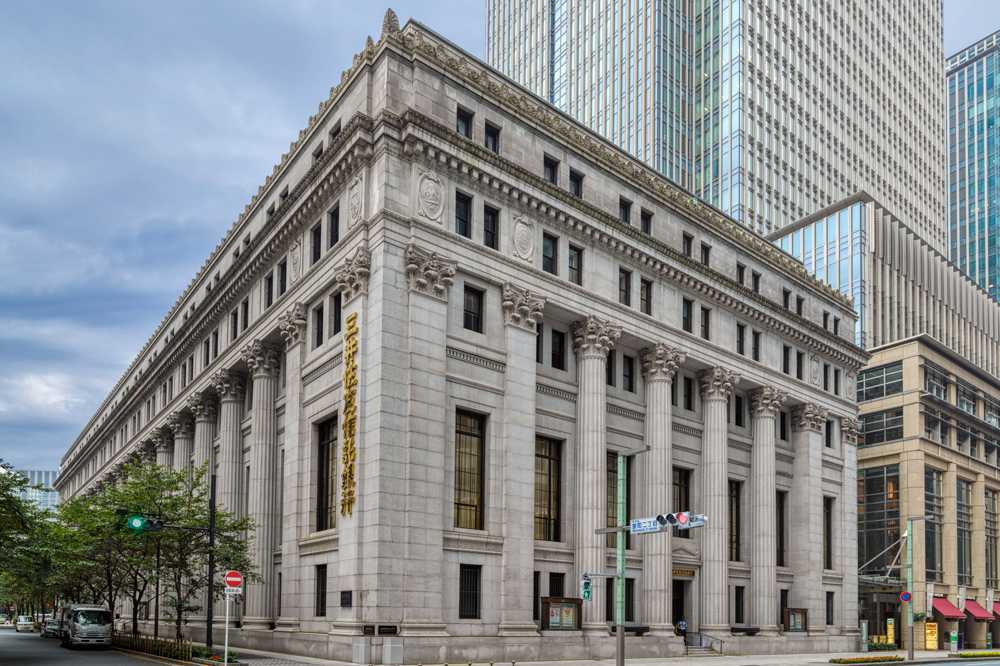
Mitsui Memorial Museum
This museum is directly connected to the station. Its collection includes approximately 4,000 fine arts and crafts and over 130,000 postage stamps in Japan and Asia, which were collected by the Mitsui family with a history of 350 years since the Edo period.
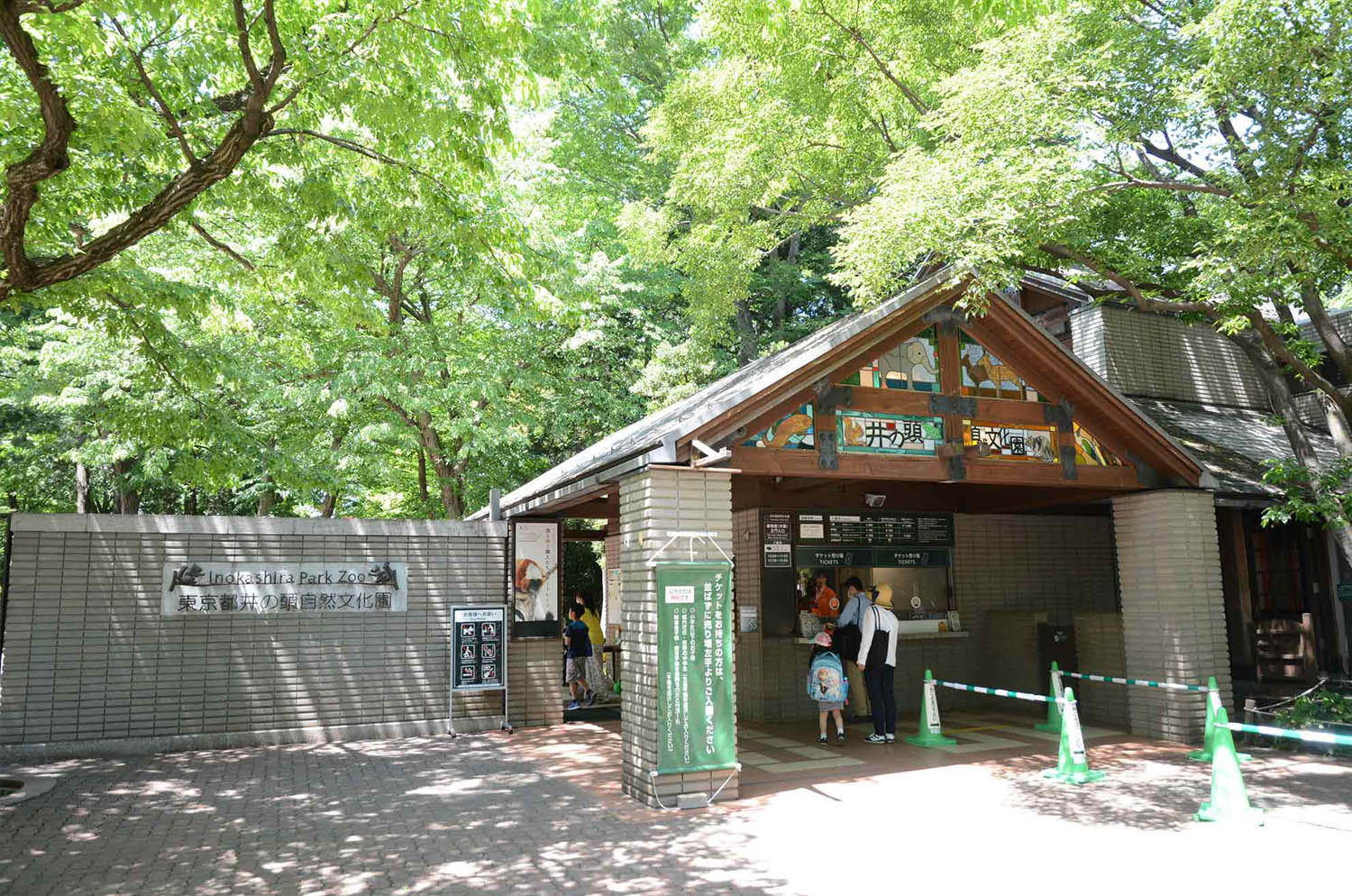
Inokashira Park Zoo
The Inokashira Park Zoo that harmonizes nature and culture is divided into the “Zoo Area (Main Park),” which includes the zoo, the exhibition hall and the sculpture museums, and the “Aquatic Life Park (Lakeside Park),” which includes the aquatic life house and the exhibition area for aquatic birds.
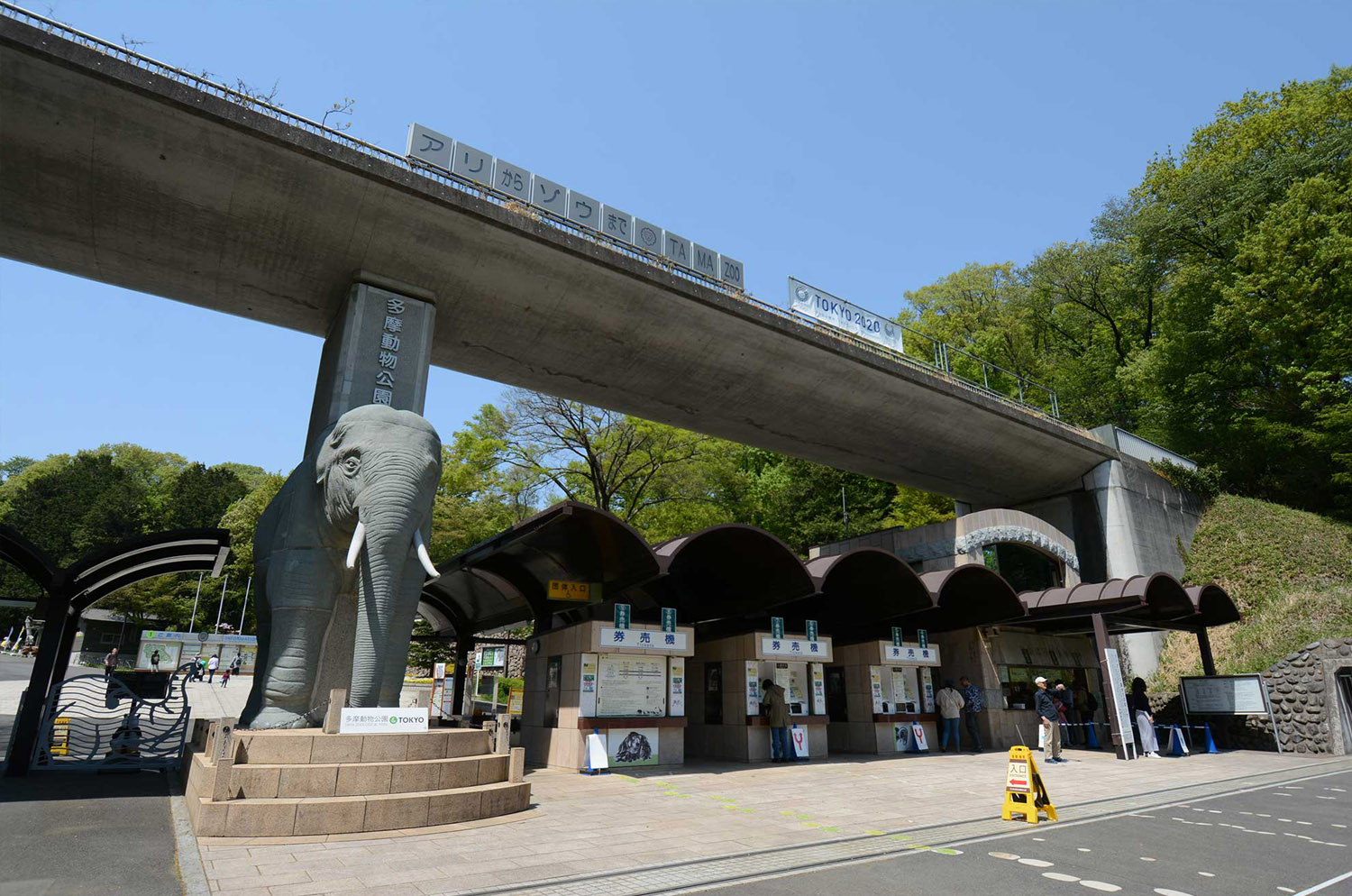
Tama Zoological Park
This unique zoological park is based on the principle of showing animals without fences. The park is more than 50 hectares and one of the largest zoos in the world. Surrounded by rich nature, a variety of rare animals live in there.

The Shoto Museum of Art
The calm and quiet museum is located in a residential district of Shibuya. Featuring the thematic exhibitions of various genres, the museum also provides some activities to support art education. It has a reputation for its unique perspective and high-quality exhibitions.

TOKYO METROPOLITAN TEIEN ART MUSEUM
This is the art museum in which you can enjoy exhibitions and a lush green garden that make use of the Former Residence of Prince Asaka in Art Deco style and its space. The residence is one of the national important cultural properties.
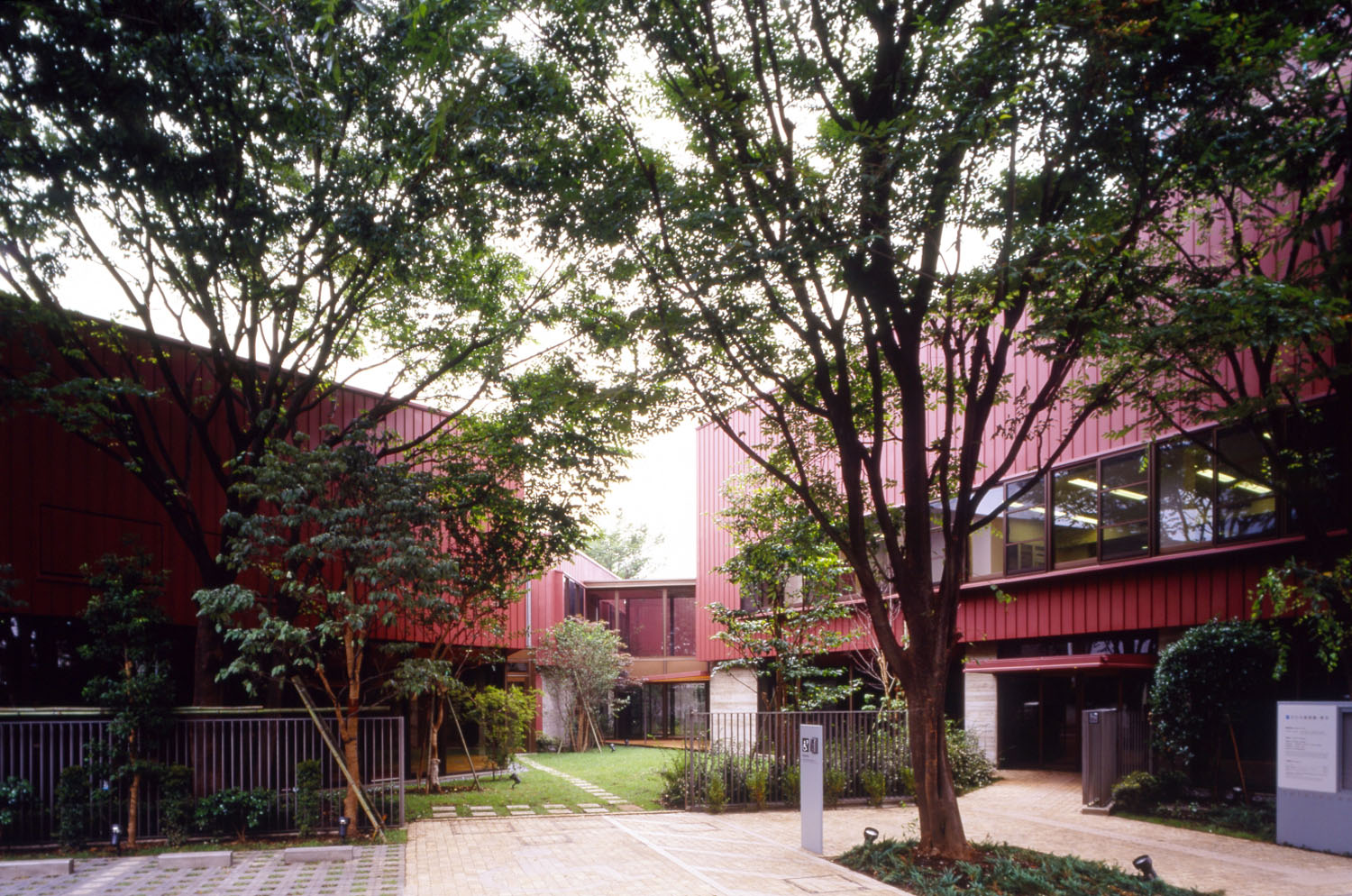
CHIHIRO ART MUSEUM TOKYO
The museum is built on the site which was the home and atelier of a Japanese picture book artist, Iwasaki Chihiro. As the first museum of picture books in the world, it features art works of Iwasaki Chihiro and other picture book artists in the world, as well as shows of various art genres for visitors of all ages.

National Museum of Nature and Science
This is the only comprehensive science museum on history for nature and science technology in Japan’s national museum. Preserving more than five million of collections, the museum also exhibits many valuable documents, which are unique to Japan.
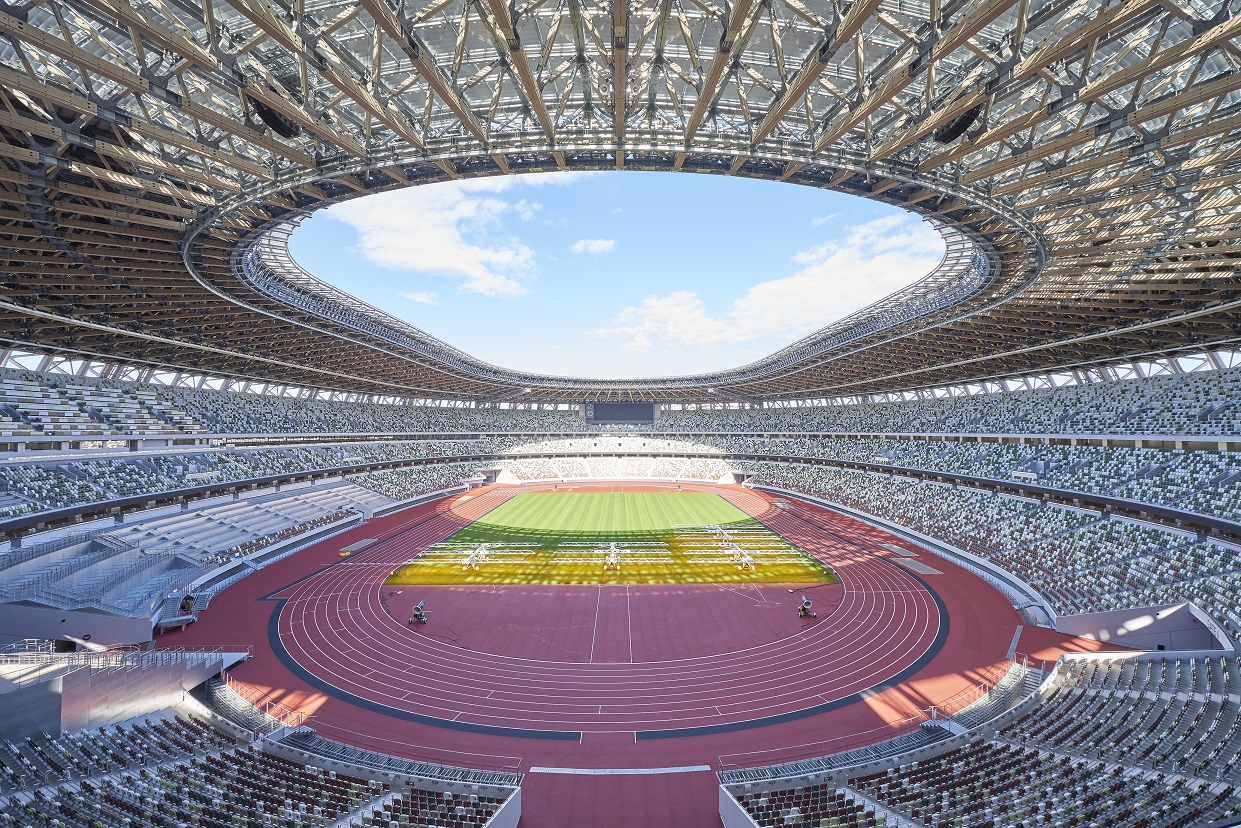
Japan National Stadium Tour
The Japan National Stadium was used as the main stadium of the Tokyo 2020 Olympic and Paralympic Games. You can tour around the areas that are not usually open to the public, such as the athlete locker room and athletics track, holding the memories of the Olympics and Paralympics.
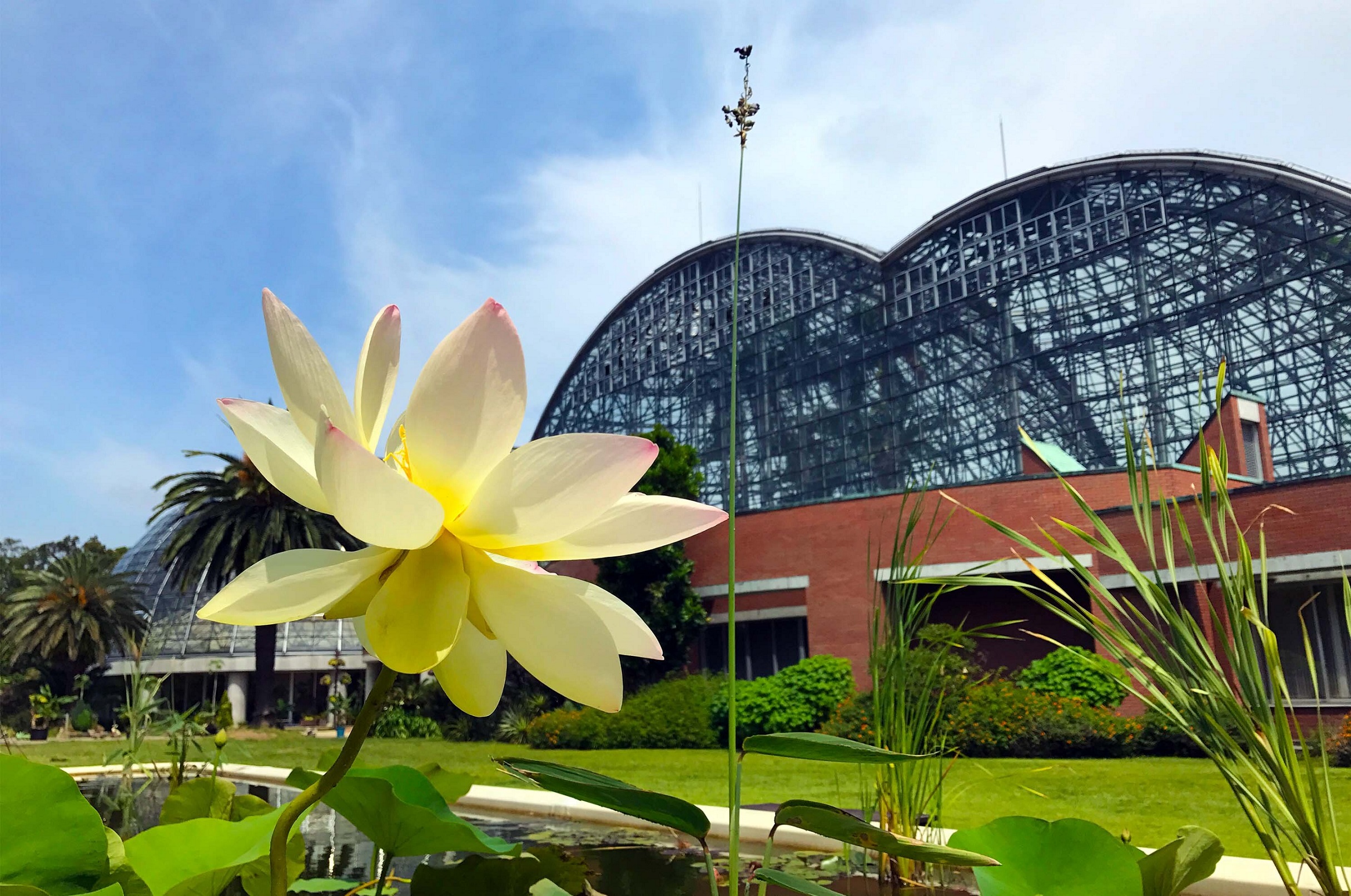
Yumenoshima Tropical Greenhouse Dome
This botanical garden has a collection of tropical and subtropical plants.The large greenhouse is designed to resemble a tropical rainforest, and consists of three sections: Dome A, with a large waterfall and water plants; Dome B, with fruit trees and tropical house; and Dome C, with a collection of rare species from the Ogasawara Islands. Residual heat from the waste incineration plant is used as energy for air conditioning in the garden.
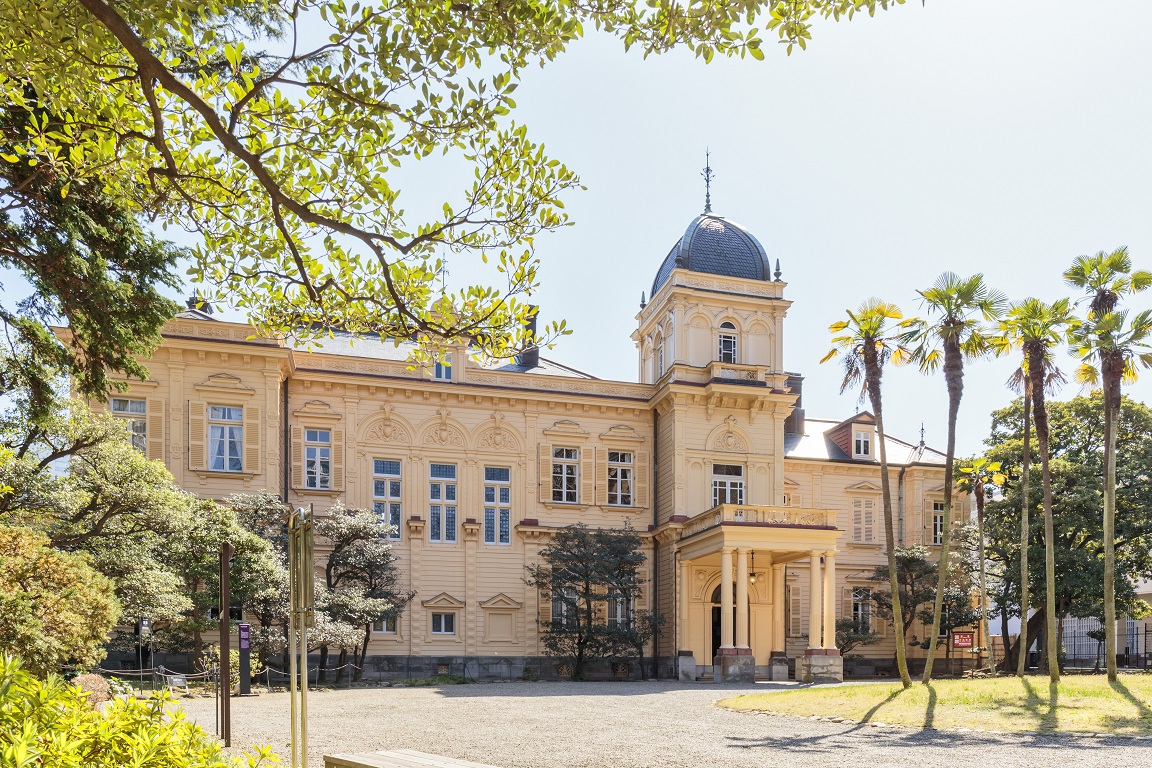
Kyu-Iwasaki-tei Gardens
While the garden was built as the main residence of the Iwasaki family who was a founder of Mitsubishi in 1896, the Western and the Japanese style houses still exist. The Western style house was designed by the British architect Josiah Conder. You can see the sophisticated Japanese style architecture of the time from the Japanese house, and in particular, its large hall.
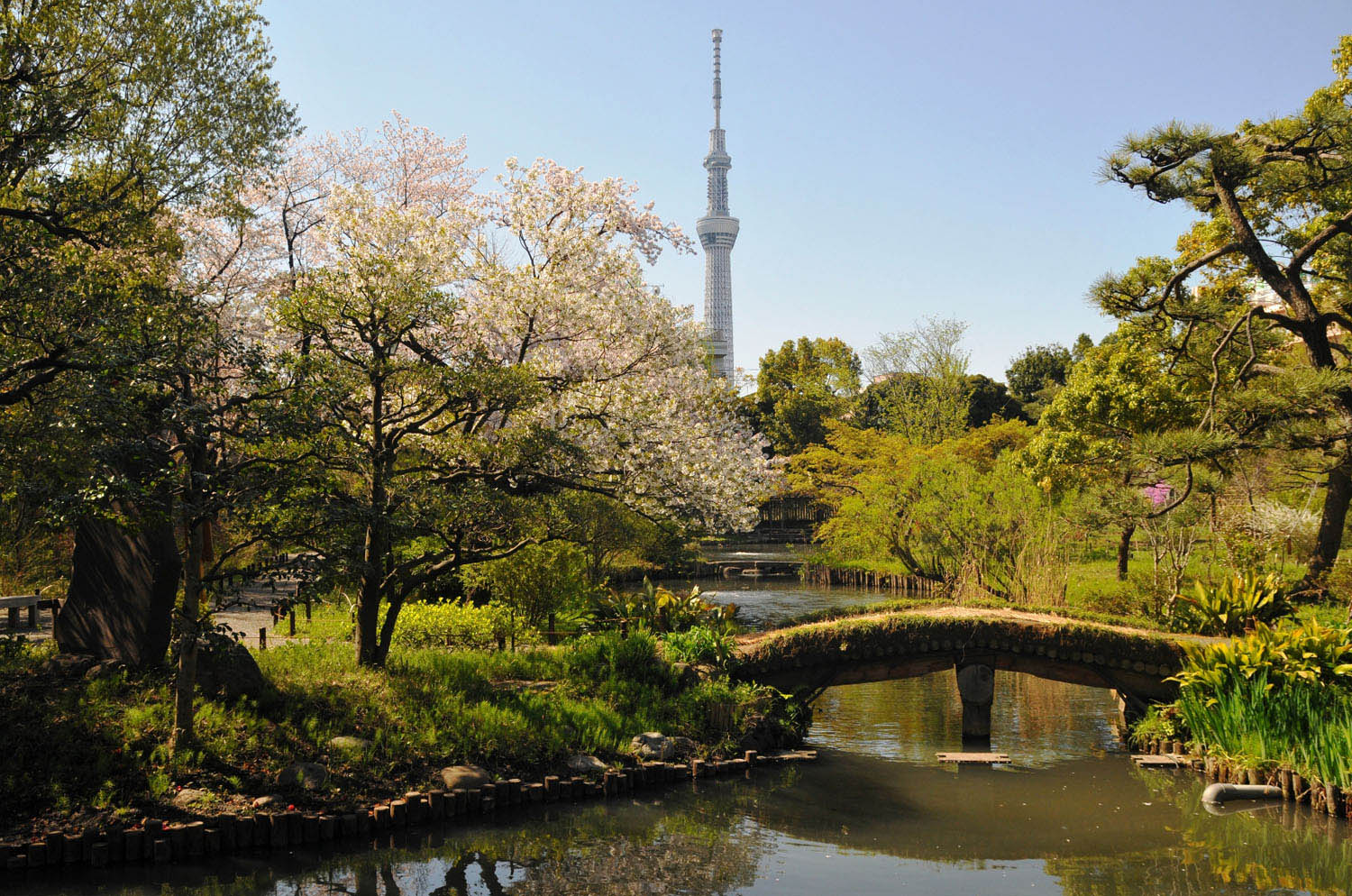
Mukojima-Hyakkaen Gardens
The garden was created by top writers and artists in the Edo period, which is popular, has many followers for all four seasons, and has a touch of elegance.
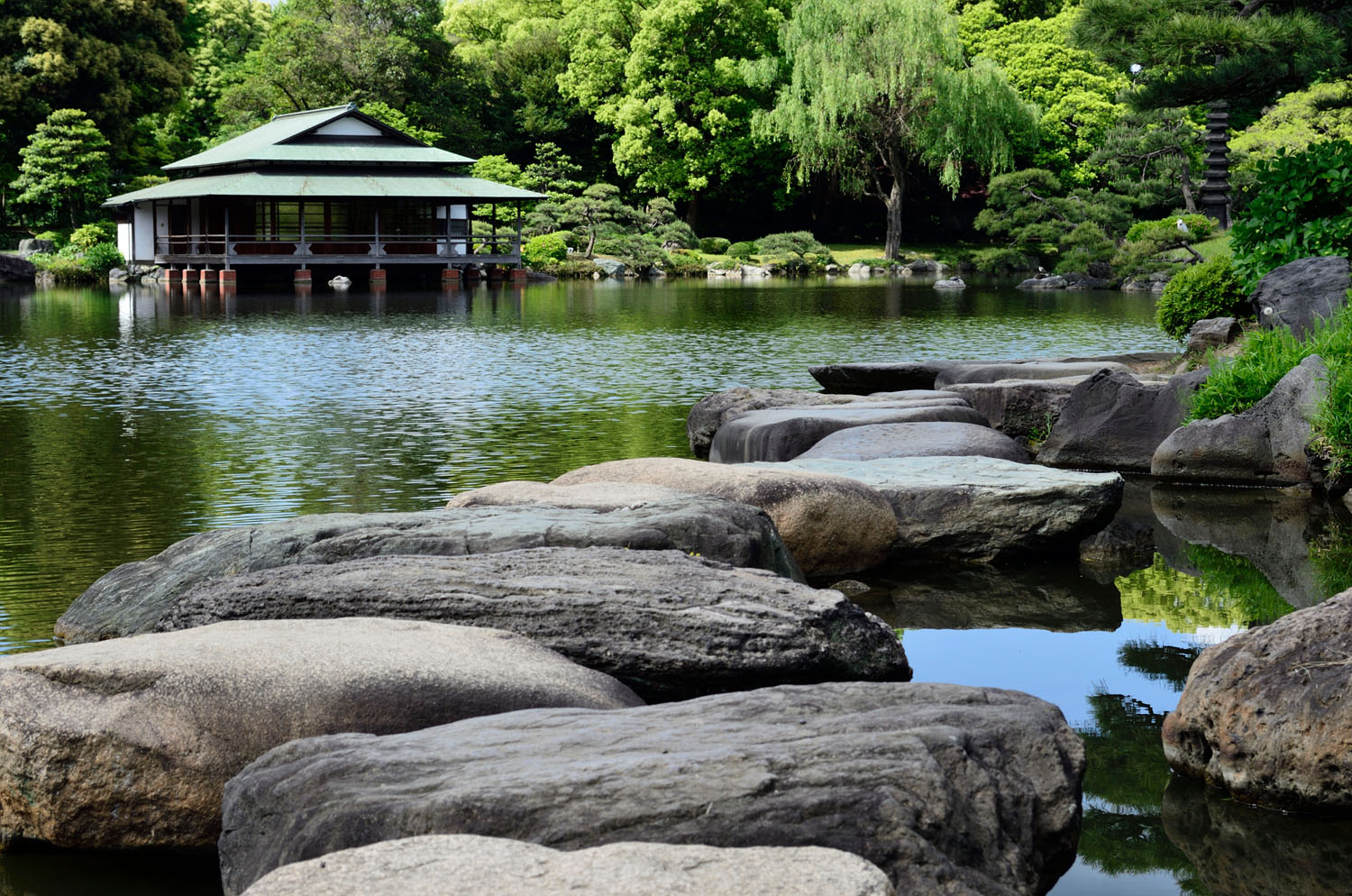
Kiyosumi Gardens
This is a stroll garden with the woods and the pond representing the Meiji era, in which the method for landscaping of Daimyo gardens of the Edo period was modernized. About 10 cherry trees are planted and the garden offers a quiet place to enjoy the cherry blossoms away from the hustle and bustle of the city.
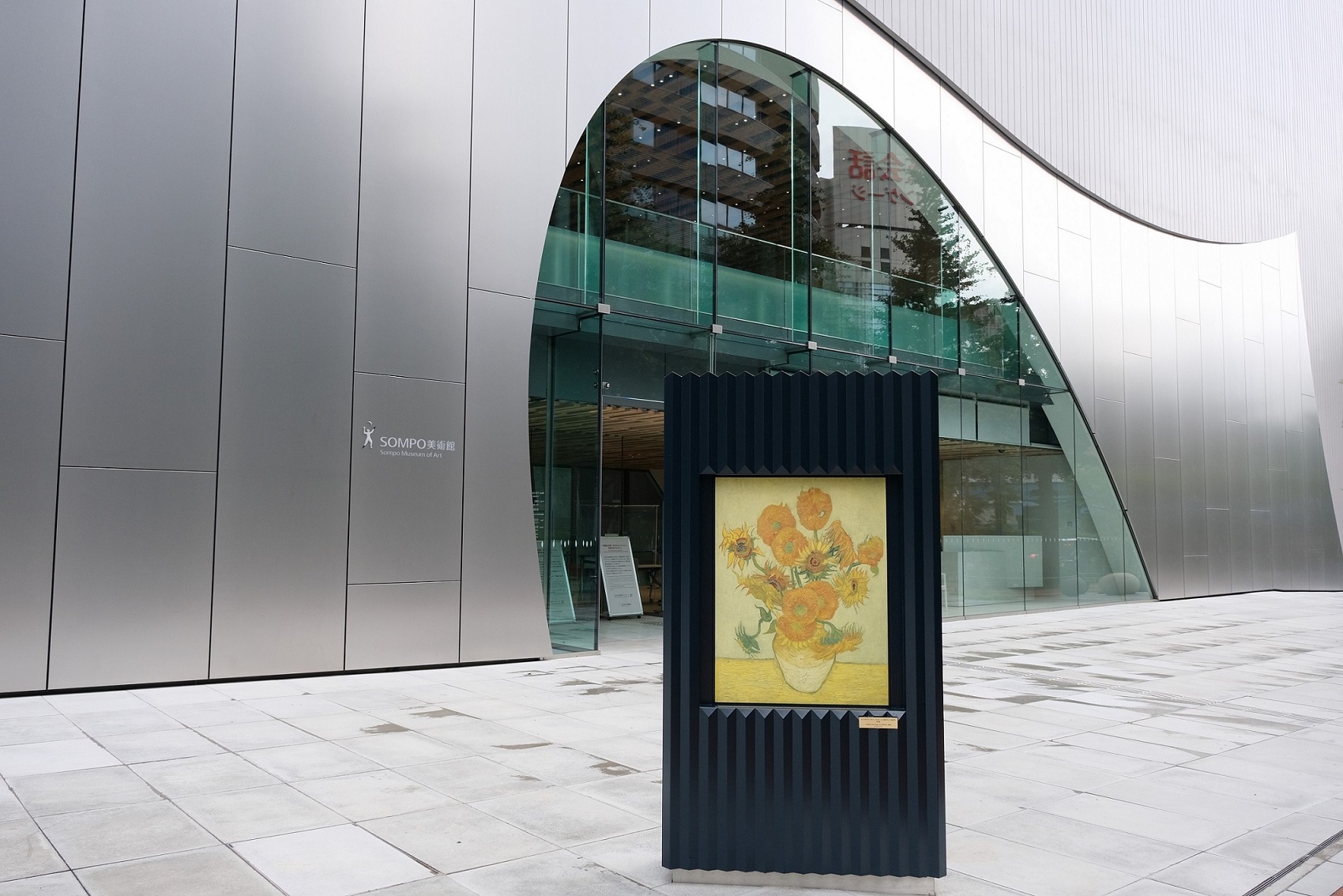
Sompo Museum of Art
Opened in 1976. Known as the only museum in Asia to have shown Sunflowers by Van Gogh. Holds special exhibitions approximately five times a year featuring artists from in and out of Japan. Located within 5 minutes walk of Shinjuku Station, it is in a wonderful location.

Institute for Nature Study
In this natural park, which extends across approx. 20-hectares, you can enjoy seasonal animals and plants unique to Japan all year round. A special pine tree in the park still retains the ambience of the Daimyo Garden from the Edo era.
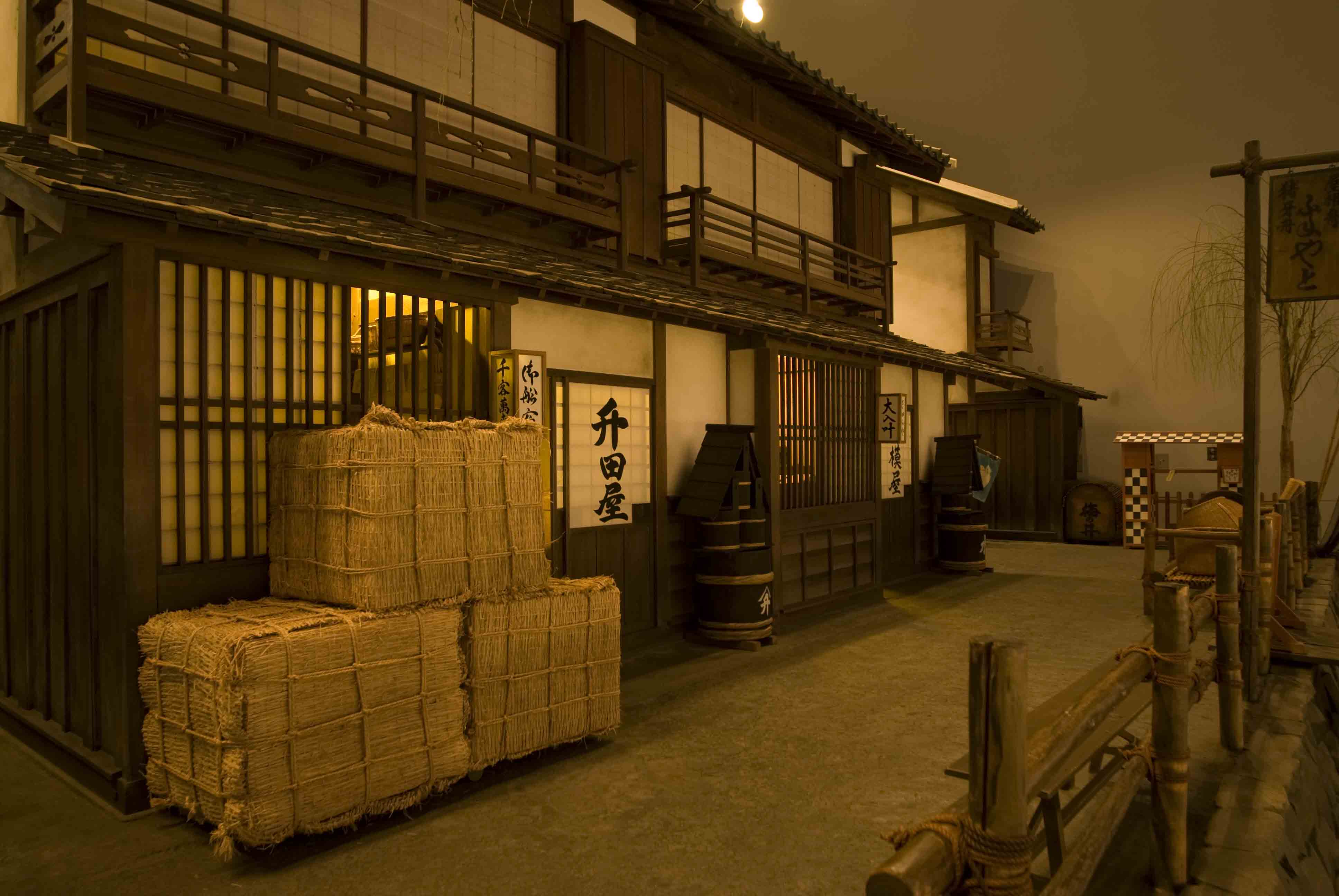
Fukagawa Edo Museum
The museum exhibits a faithful reconstruction of the life of common people in the late Edo era. Visitors can experience Edo life with sound and light shifting to simulate a passing day.
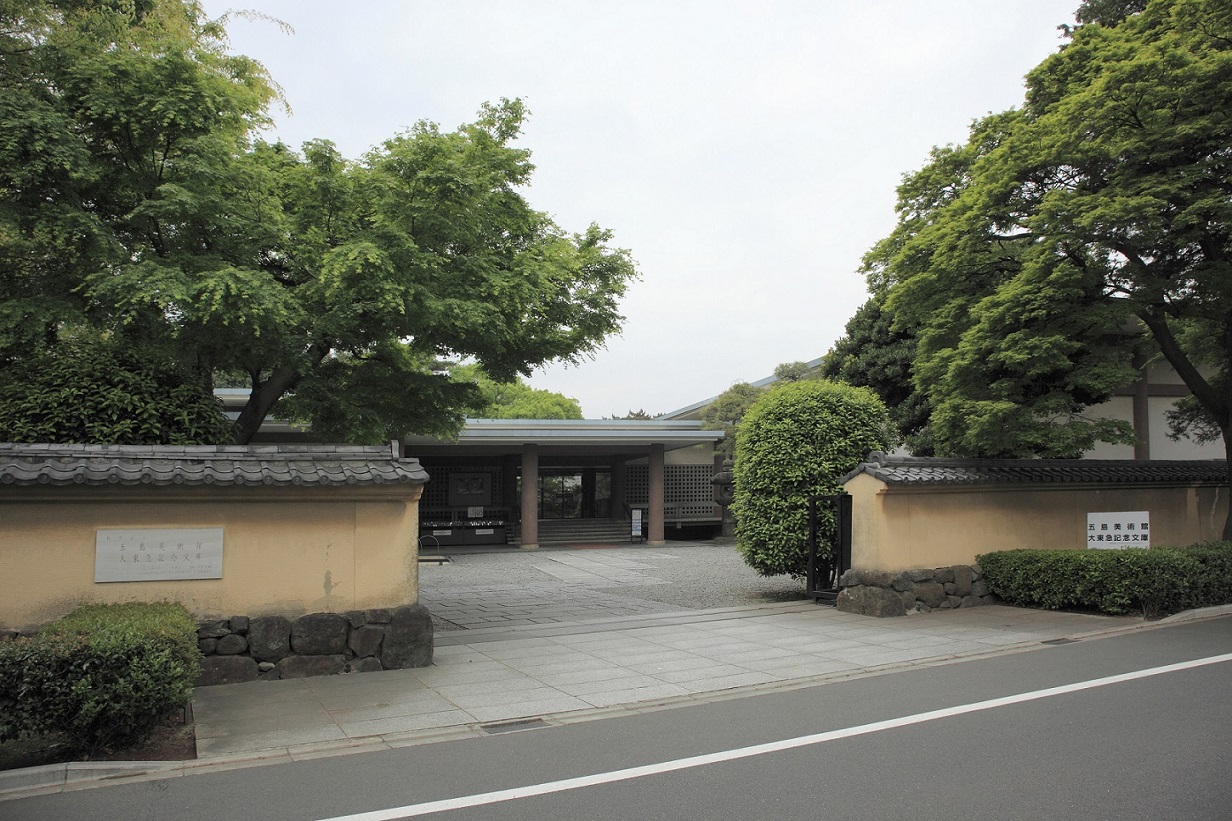
The Gotoh Museum
This museum holds a collection of old Japanese and Oriental artefacts such as paintings, including the national treasures “Illustrated Handscroll of The Tale of Genji” and “Illustrated Handscroll of the Diary of Lady Murasaki-shikibu”, tea ceremony paraphernalia, and pottery. Visitors can enjoy the museum building, which incorporates architecture from about 1,200 years ago, and a Japanese garden taking advantage of different levels, with a tearoom and stone Buddha statues amidst the flowers of each season.

MUSEUM OF CONTEMPORARY ART TOKYO
This is a modern art-themed museum. Since the post-war period, the museum has made efforts to collect works, especially by young artists, and currently has a collection of approximately 5,800 art works. One of the attractiveness of the museum is the collection, focusing on innovative trends that has carved out a path to a new era.
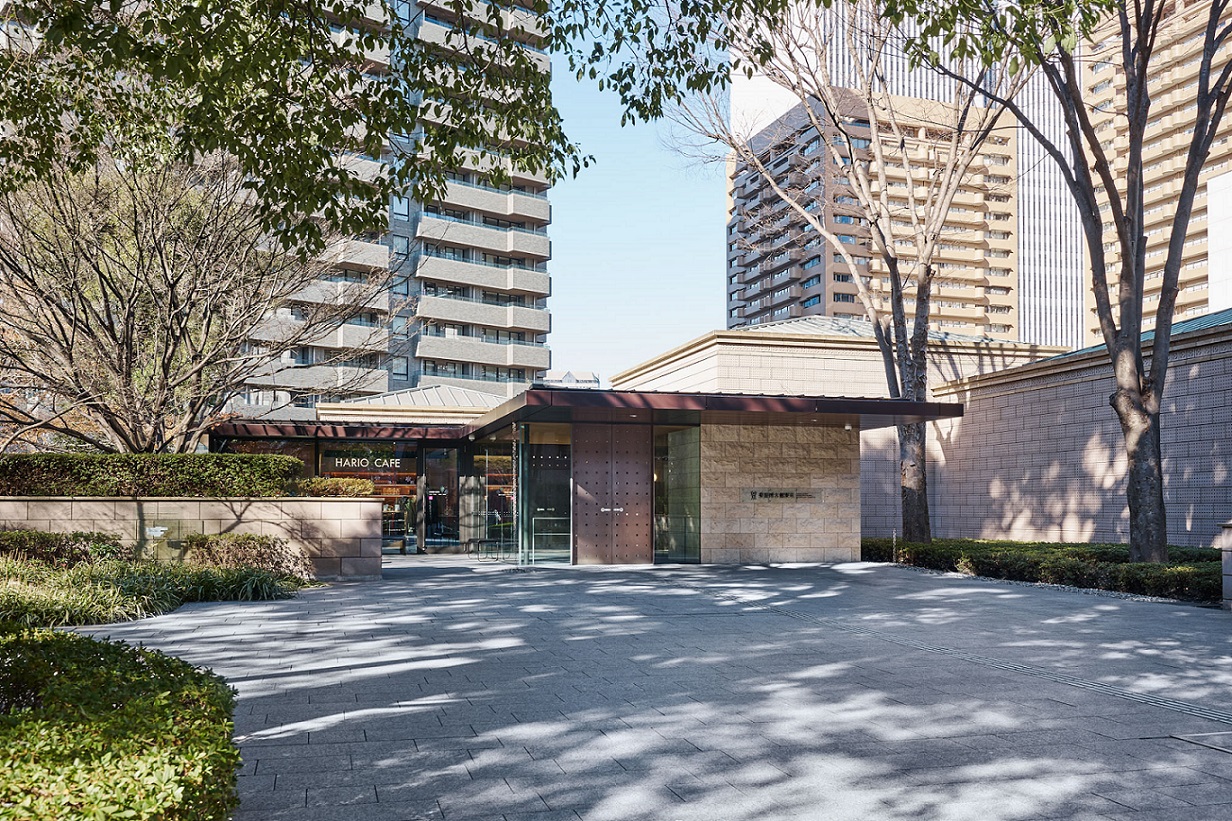
SEN-OKU HAKUKOKAN MUSEUM TOKYO
At the site of the second residence of the former-Sumitomo family, this museum was opened as an annex of the Sen-oku Hakukokan Museum in Kyoto. Between the two venues in Kyoto and Tokyo, the museum holds a collection with a wide variety of pieces, from Japanese and Chinese calligraphic works and paintings to modern paintings of Japan and the West, tea ceremony paraphernalia, Noh masks and costumes, and some renowned ancient Chinese bronze ware and mirrors, which are shown in their exhibitions.
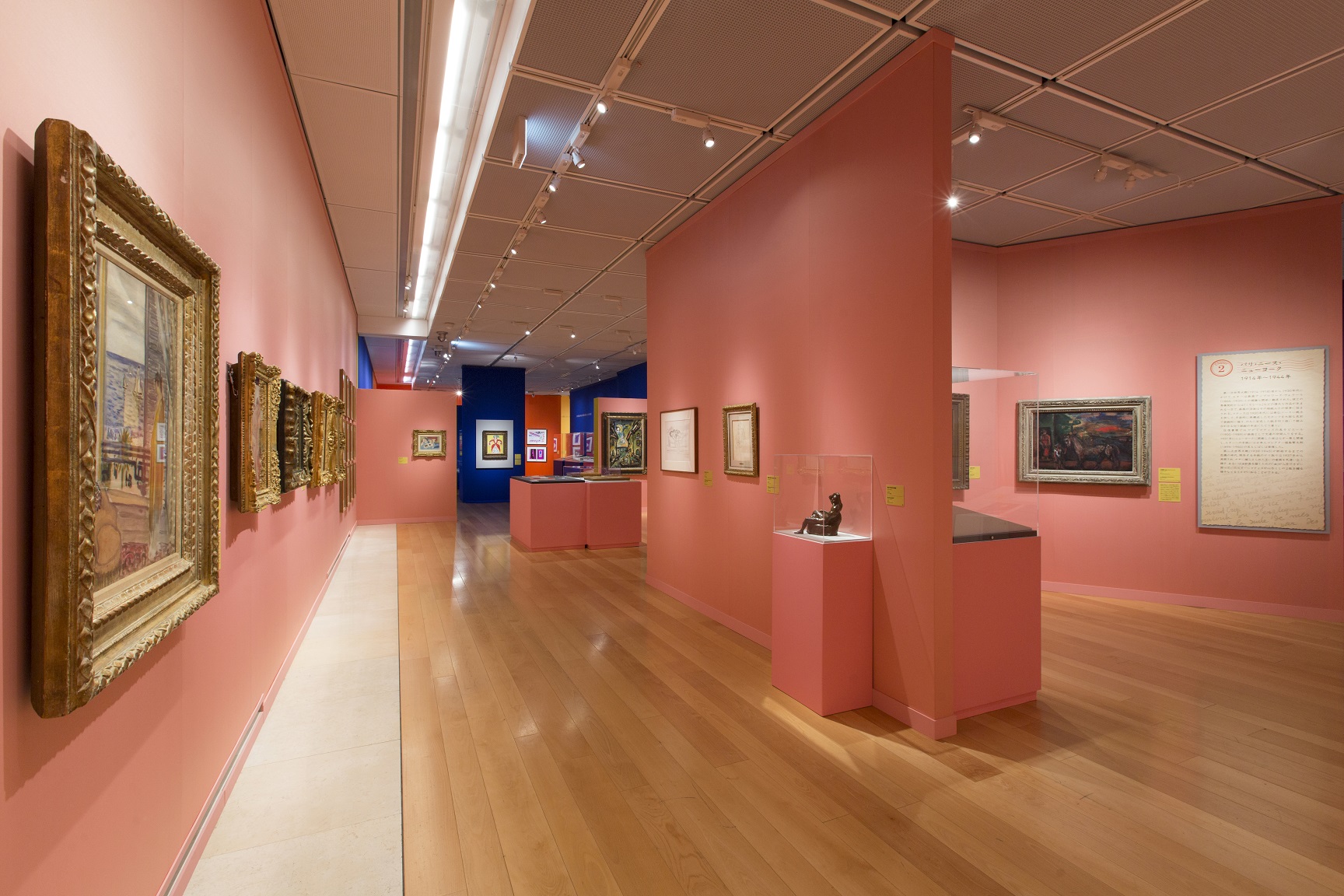
Panasonic Shiodome Museum of Art
Features a permanent exhibition of the work of French painter Georges Rouault in its Rouault Gallery, along with themed exhibitions such as “Art Related to Rouault”, “Architecture and Living Spaces”, and “Design and Applied Arts.”
.jpg)
TOKYO METROPOLITAN ART MUSEUM
TOKYO METROPOLITAN MUSEUM opened in 1926 as the first public art museum in Japan. The museum holds special exhibitions where visitors can enjoy masterpieces from Japan and abroad, public exhibitions by art organizations, and a variety of thematic exhibitions. Anyone can visit the restraurants and the shop in the museum.
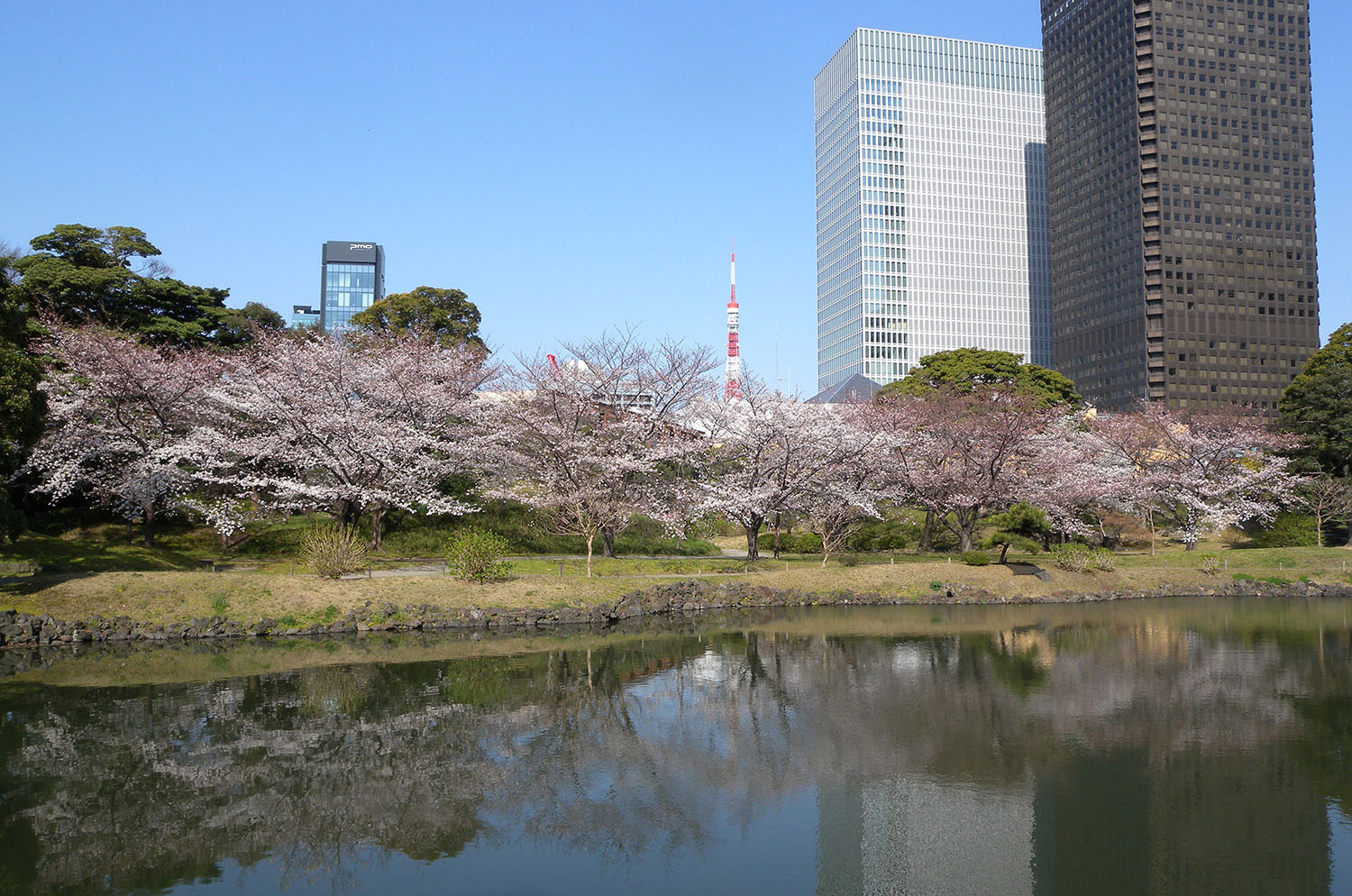
Kyu-Shiba-rikyu Gardens
This is one of the Daimyo gardens from the Edo period that still exists in Tokyo.
The rock formation with a variety of vintage stones are worth viewing.
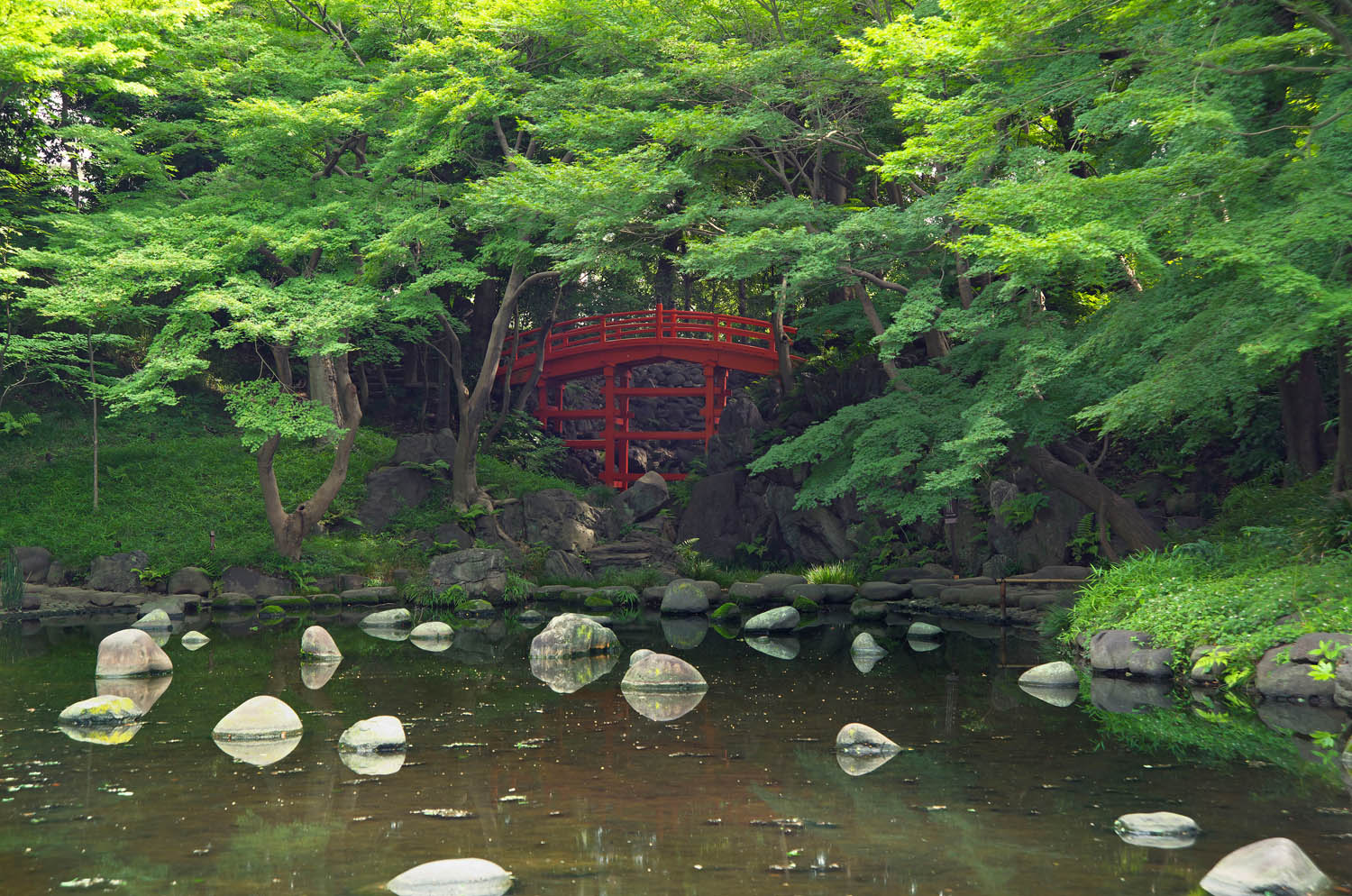
Koishikawa Korakuen Gardens
This Japanese-style garden was created in the early Edo period, located next to Tokyo Dome.
Along with Rikugien, Koishikawa Korakuen is one of the two major gardens of the Edo period. The autumn leaves in the garden around the large pond is overwhelming.
Designated as a National Special Historic Site and Special Place of Scenic Beauty.
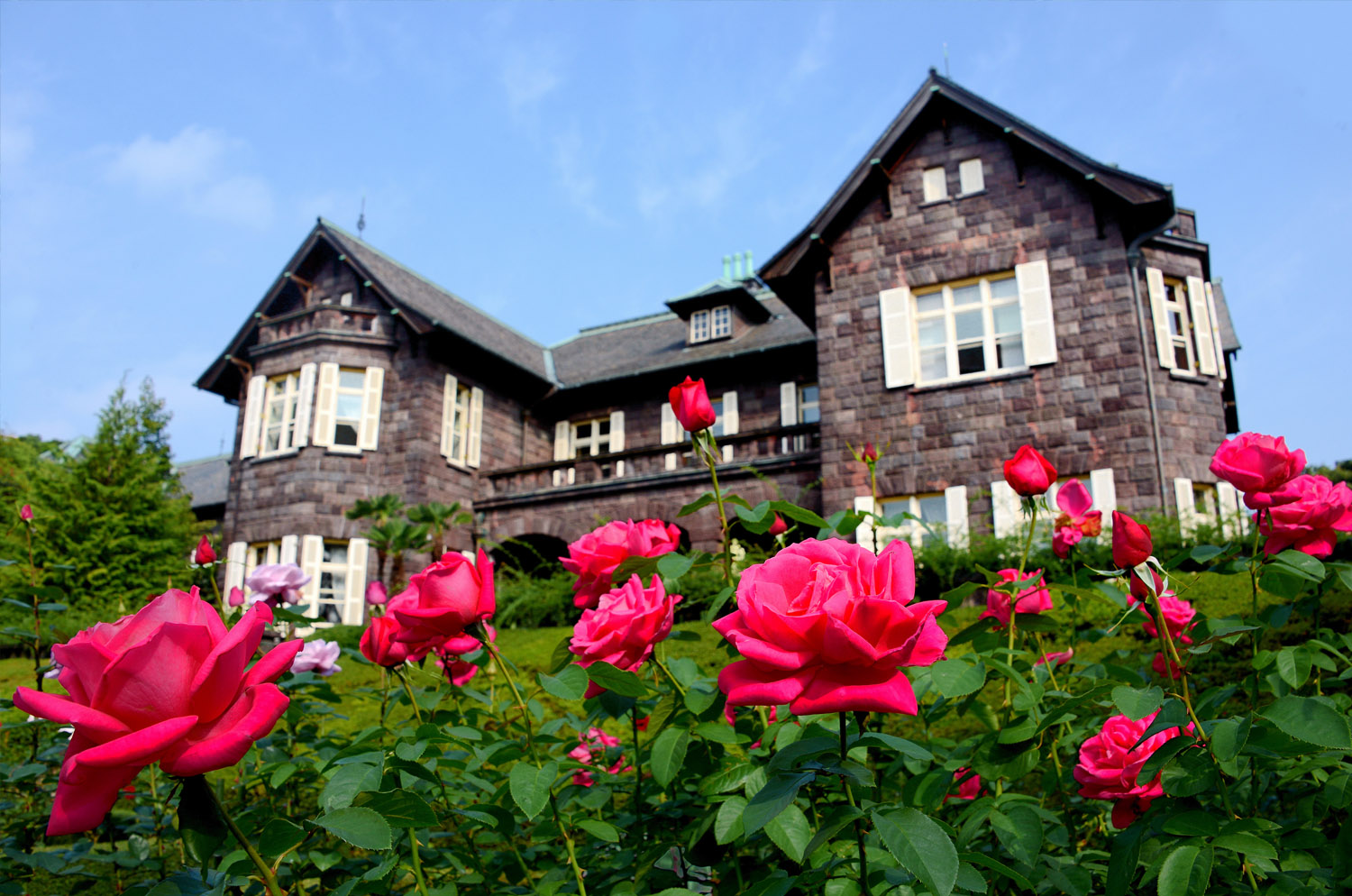
Kyu-Furukawa Gardens
While the Western-style house is built on a small hill, the western garden is on the slope and the Japanese-style garden is located on a low-land area. This characteristic garden is a valuable example of the early Taisho period, where the fusion of traditional methods and modern technology has achieved a splendid harmony of Japanese and Western styles.
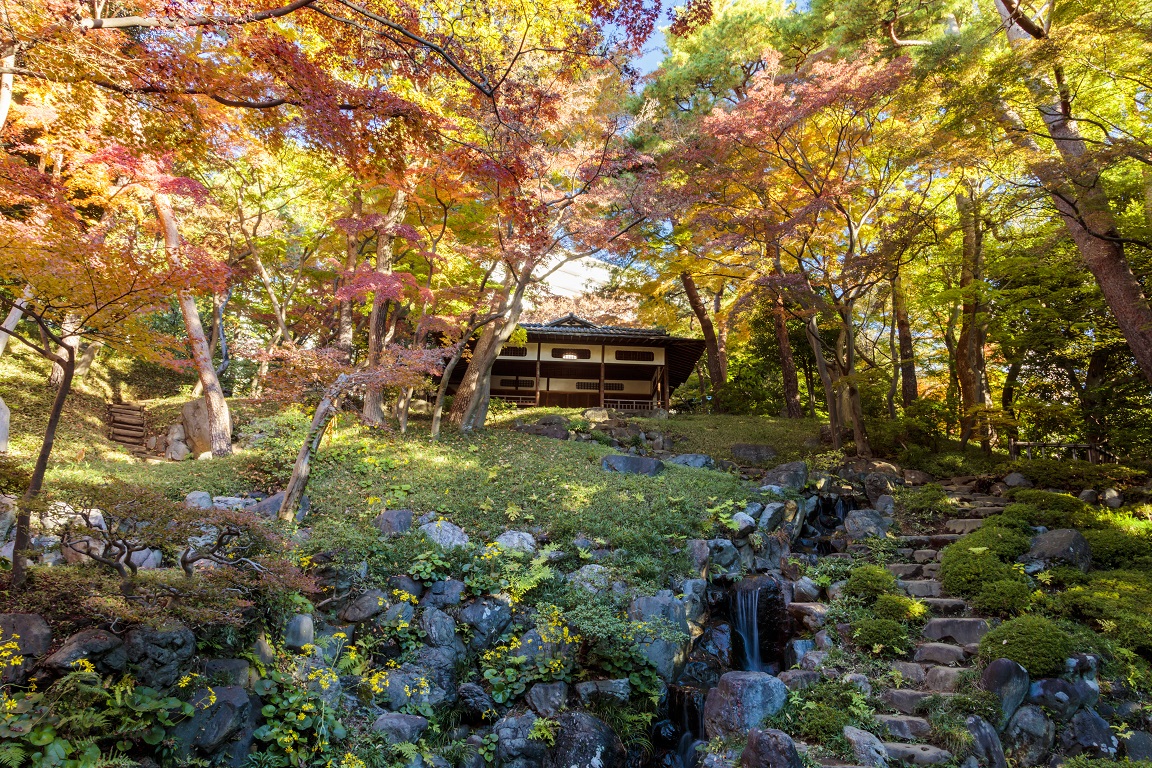
Tonogayato Gardens
This garden was created by making use of the natural landscape. The landscaping technology that changes the atmosphere with trees, such as the open lawn field on the cliff and the spring-fed pond under the cliff, is one of the highlights.

TOGURI MUSEUM OF ART
A rare museum in Japan that specializes in ceramics. It has a collection of around 7,000 works, mainly consisting of Imari and Nabeshima ware and other oriental ceramics from China and Korea. The museum lounge allows visitors to spend time peacefully with a view of the seasonal garden.

Mitsubishi Ichigokan Museum, Tokyo
The Museum opened in spring 2010 in Tokyo’s Marunouchi district. Located 5 minutes’walk from JR Tokyo Station, it holds three temporary exhibitions a year with the focus on late nineteenth and early twentieth-century modern art. The red brick building is a recreation of the Mitsubishi Ichigokan,designed by Josiah Conder and originally completed by Mitsubishi in 1894.The collection is centered on Western art at the end of the nineteenth century, the era from which the building dates. The building also houses Cafe 1894, Store 1894,and the interactive Archive Room where visitors can experience the history of Marunouchi.

Tokyo Opera City Art Gallery
A museum incorporated in a huge art and culture facility that also features a theater, a concert hall, a restaurant area, and business floors. It holds special exhibitions that approach modern and contemporary art from various angles, collection exhibitions, and shows that introduce young artists.

Seikado Bunko Art Museum
The museum houses approximately as many as 200,000 old and respected classic books and documents as well as 6,500 antiques of Asia, including 7 national treasures such as Yohen Tenmoku Tea Bowl and 84 important cultural properties.

ART AQUARIUM MUSEUM GINZA
Located in Ginza Mitsukoshi, at the center of Ginza, Tokyo, this museum allows you to experience the culture of goldfish viewing which has continued since the Edo period, through light, music, and fragrance. The combination of incredible water tanks, spatial art, various entertainment through all senses, and distinctive goldfish creates a fantastical beauty.
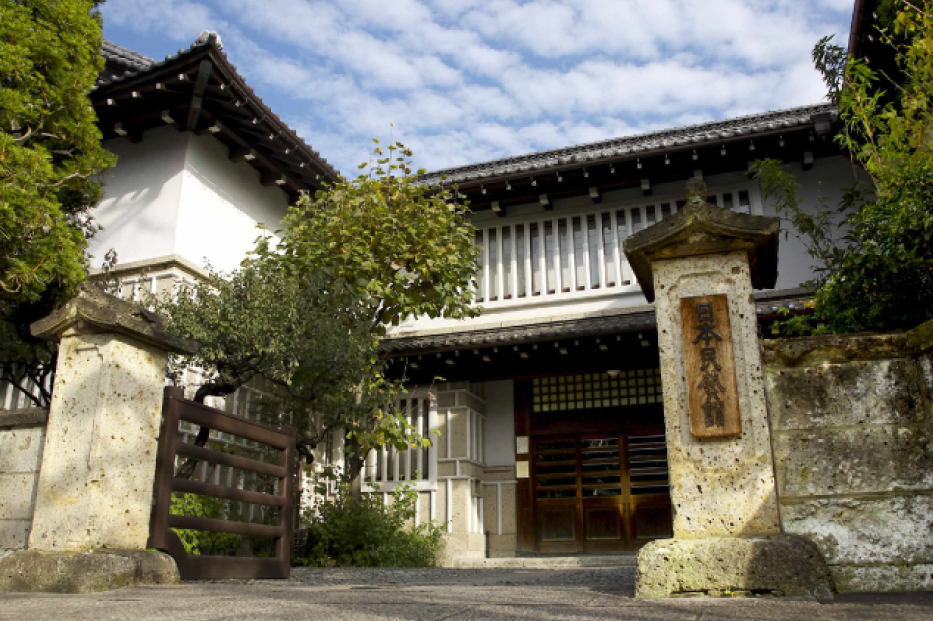
The Japan Folk Crafts Museum
Founded by Soetsu Yanagi in 1936, with the aim of spreading the beauty of daily objects used by common people, this museum has a collection of approximately 17,000 old and new items, including ceramics, woven and dyed textiles, woodwork and lacquerware, painting, metal and stone craft, and braided craft work.

The Museum of the Imperial Collections, Sannomaru Shozokan
Located on the grounds of the Imperial Palace, the Museum houses approx. 6,100 works that were passed down by Japan’s Imperial Family. It houses not only many iconic, celebrated masterpieces from Japan but also pieces from around the world that have been gifted to members of the Imperial Family. The Museum’s collection spans diverse genres, including calligraphy, painting, and decorative arts, which is displayed on a rotating basis through various themed exhibitions.

SMALL WORLDS Miniature Museum
The largest museum in Asia dedicated to miniature dioramas. Features a total of nine areas, including the Evangelion Tokyo-III area, Global Village area, and Kansai International Airport area. It is also packed with a large number of photo spots and gimmicks. Optional workshops and 3D figure creating activities are available as well. The elaborate miniature recreations make this facility a place that both adults and children can enjoy.

Okura Museum of Art
Okura Museum of Art is the oldest existing Japan’s private art museum. The museum’s collection features a wide range of paintings, sculpture, calligraphy and decorative objects from Japan and various regions across Asia. The collection consists of around 2,500 items in total.
National Treasures:
Equestrian Portraits of Court Nobles(13th century), Kana Preface to the Kokin Wakashū(12th century), Samantabhadra(12th century)





